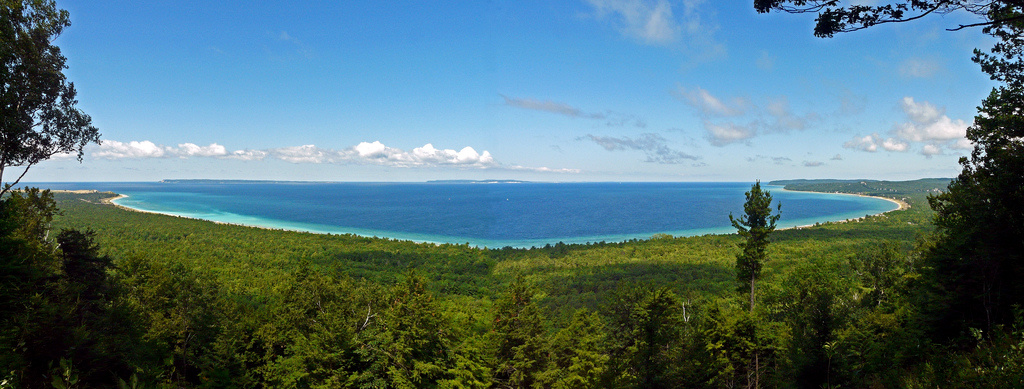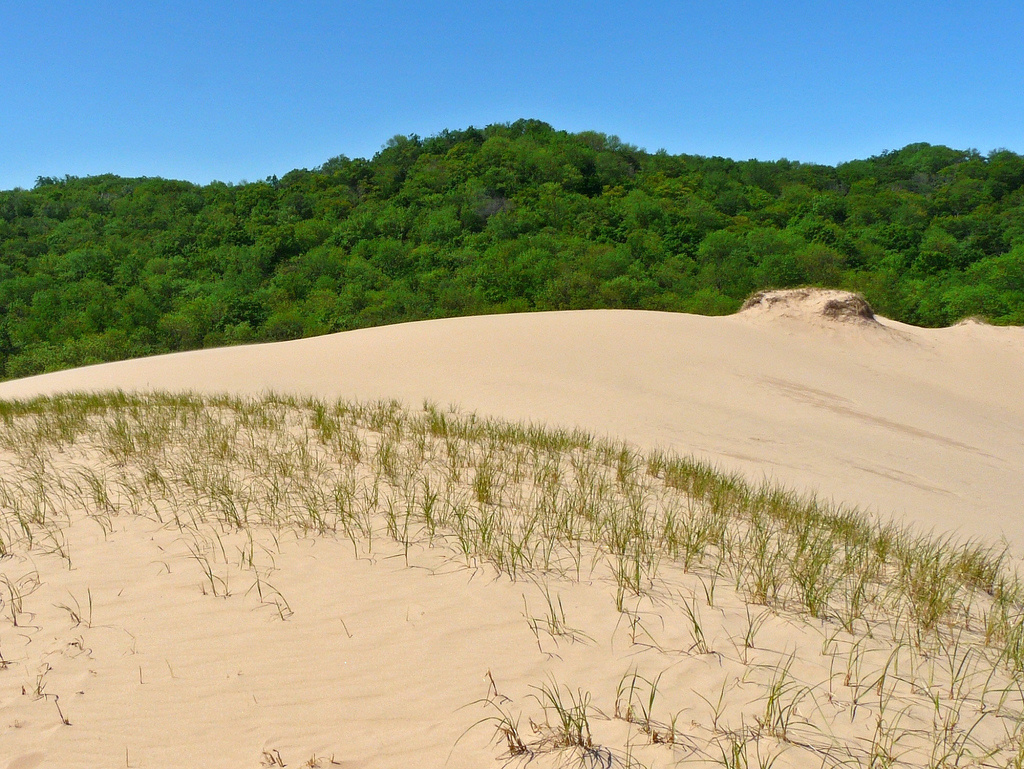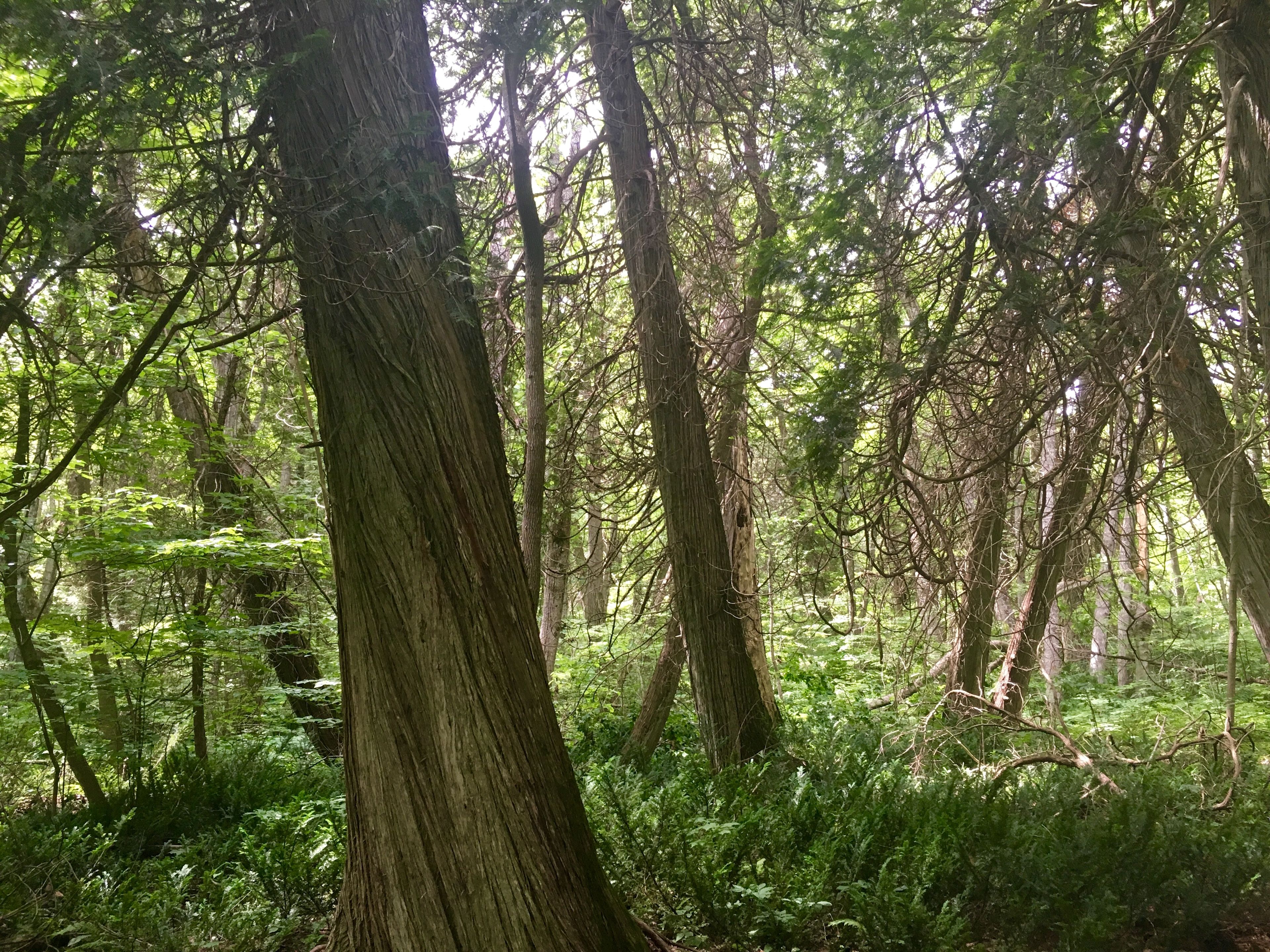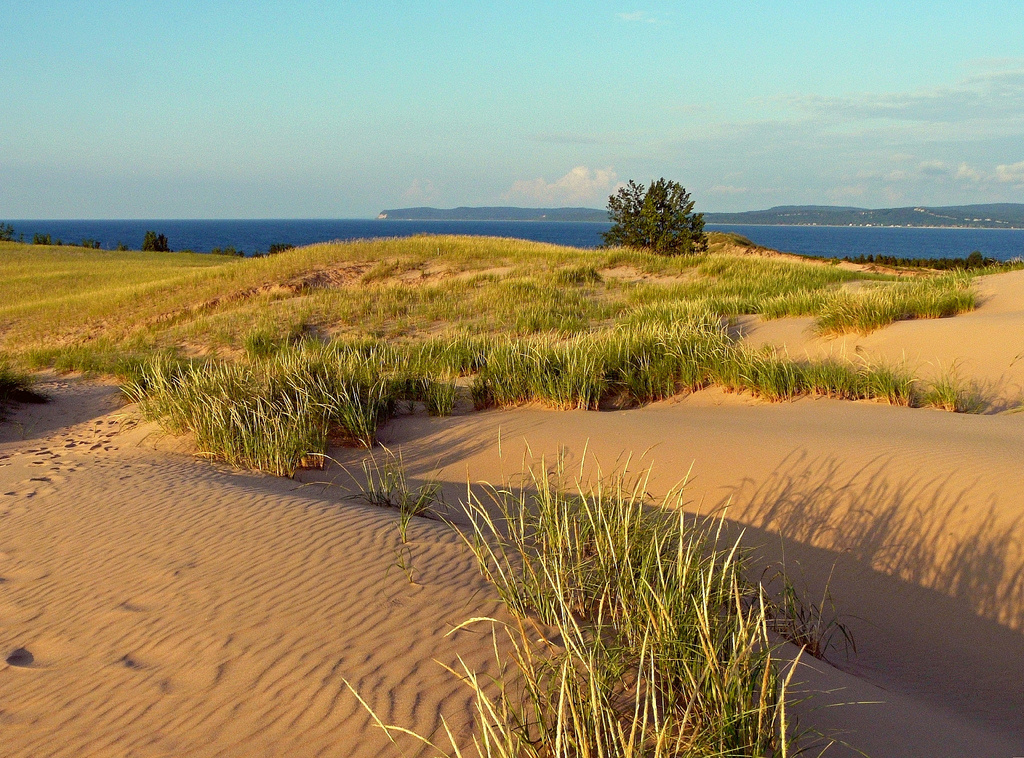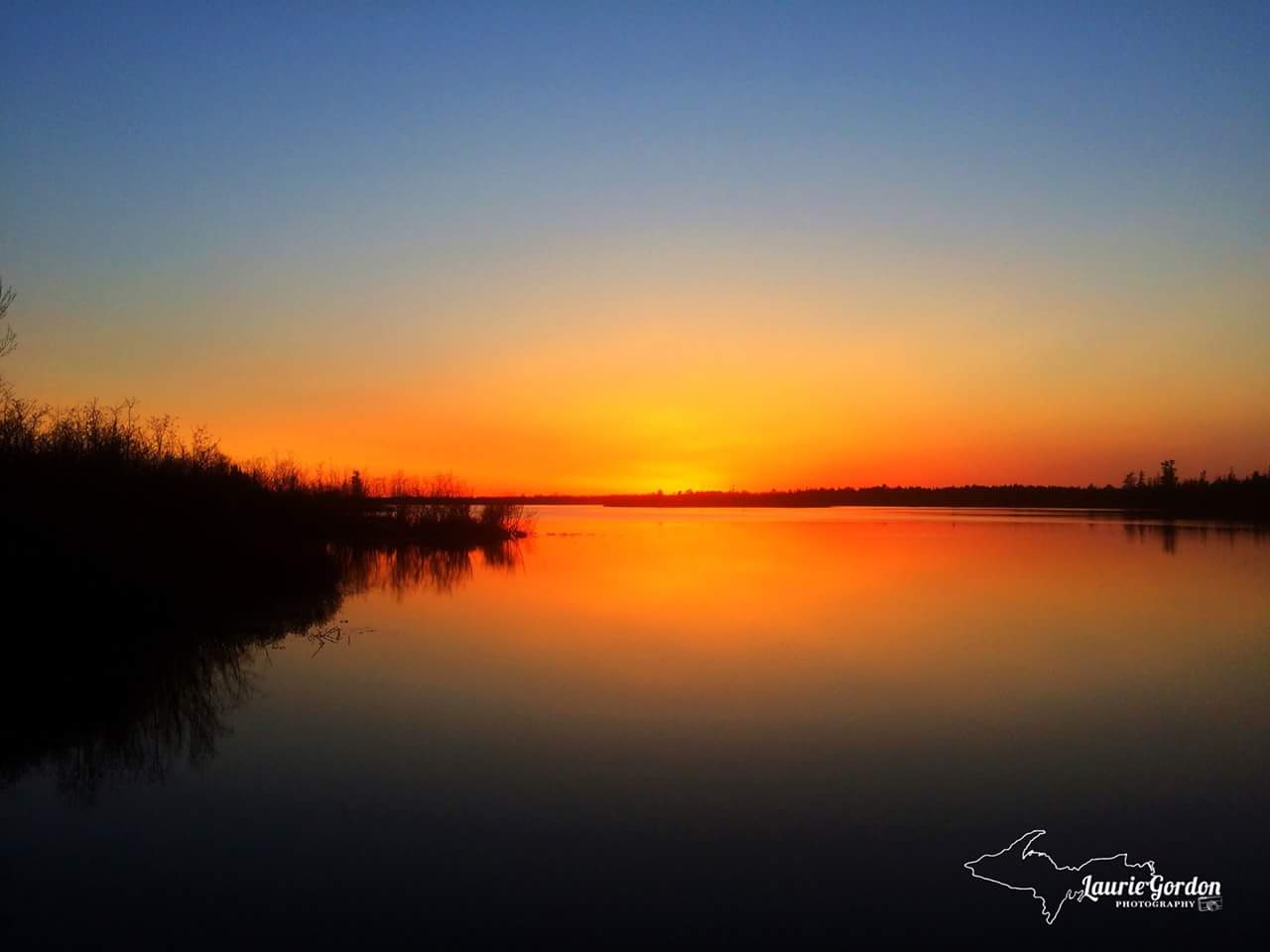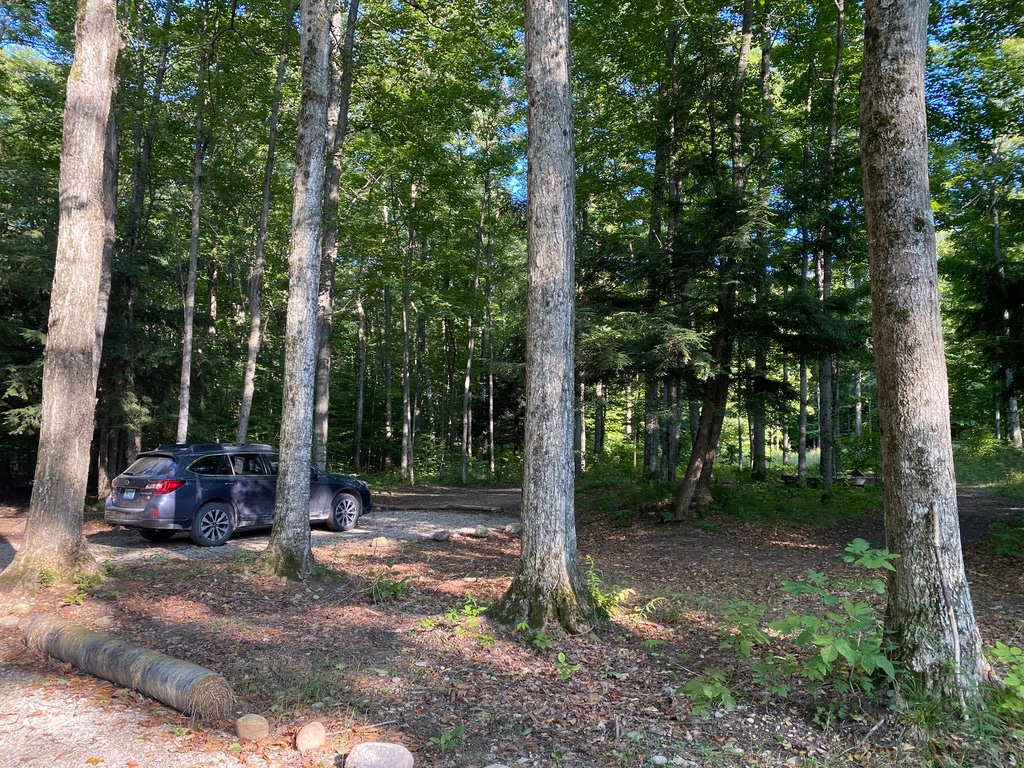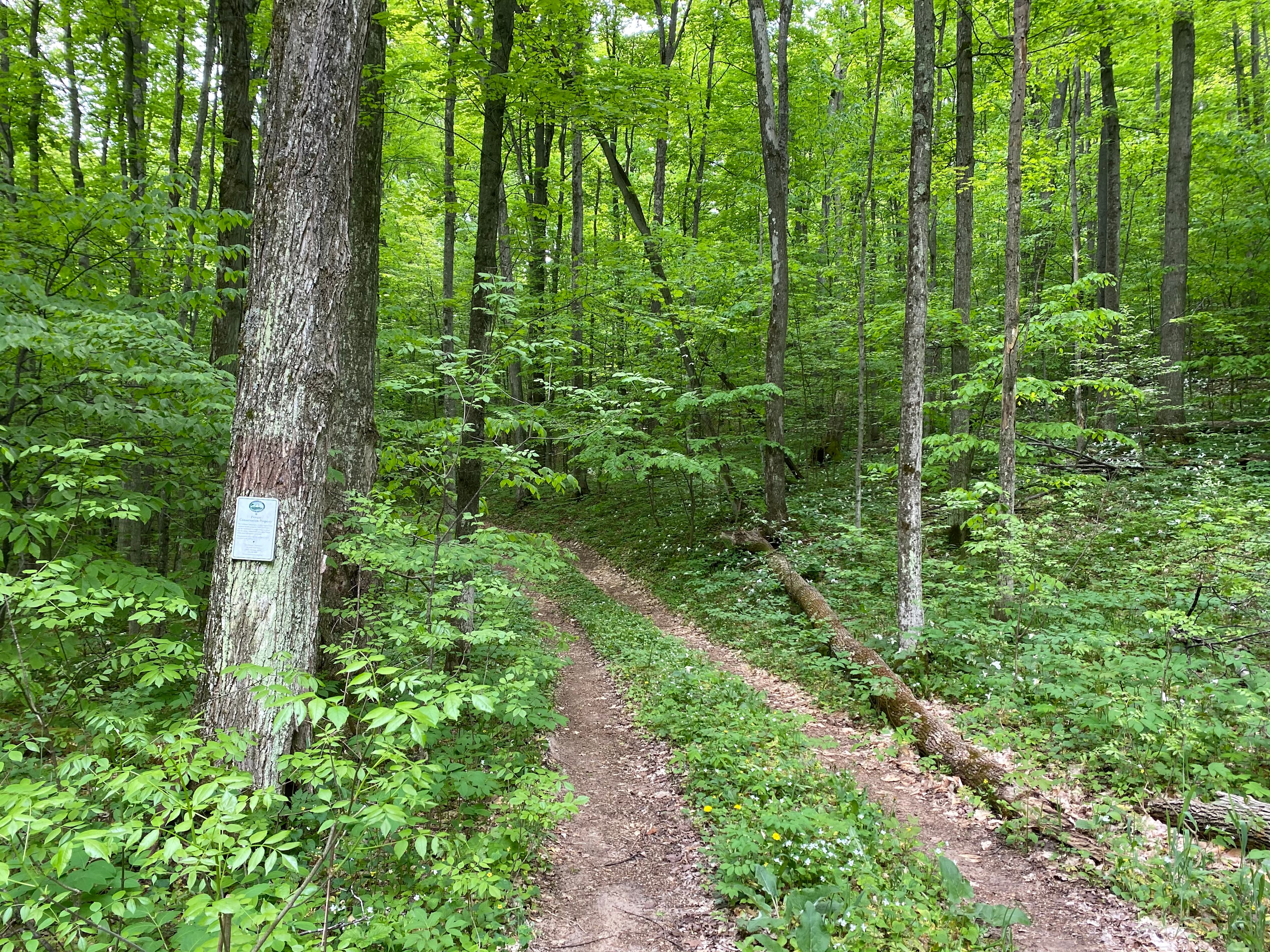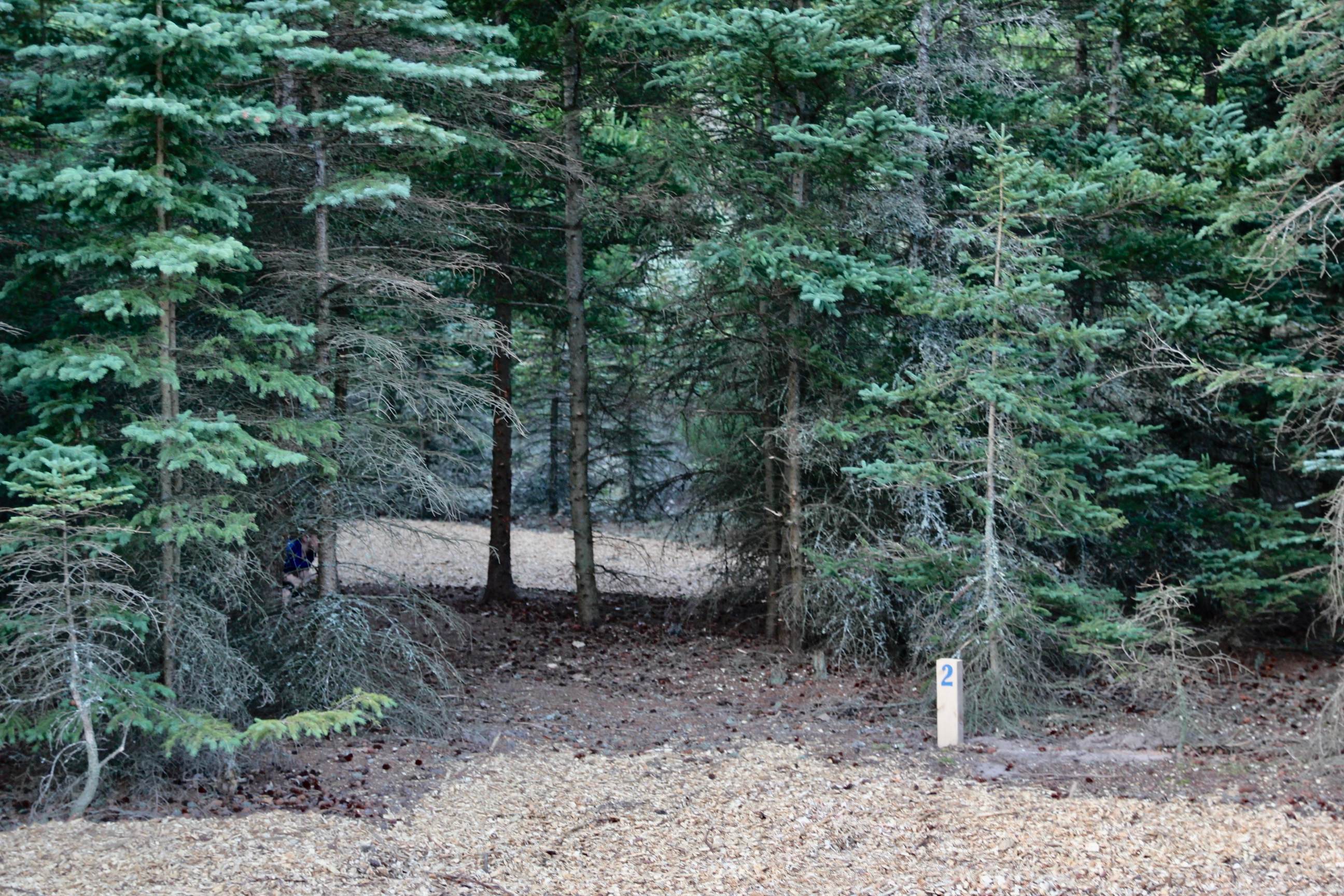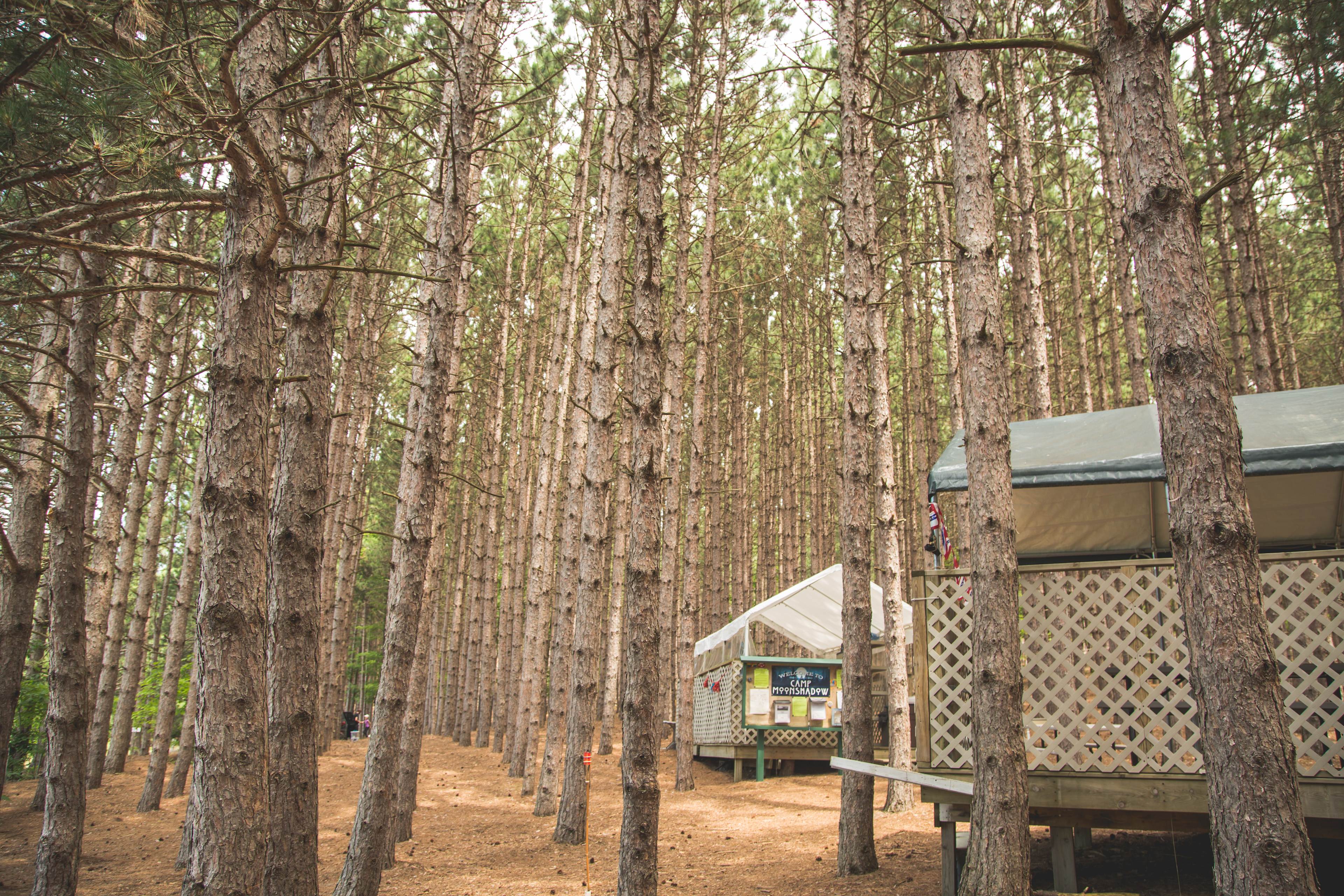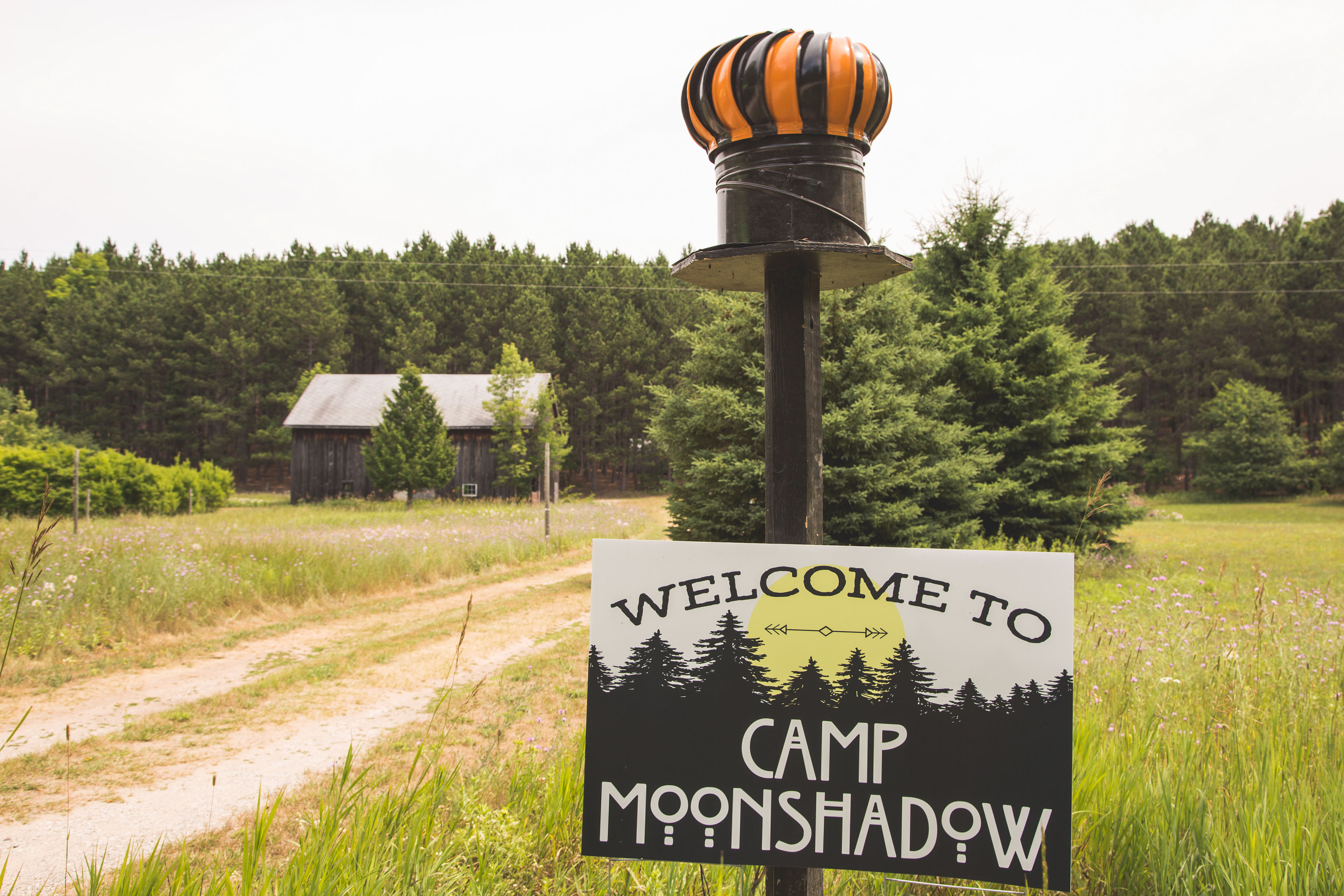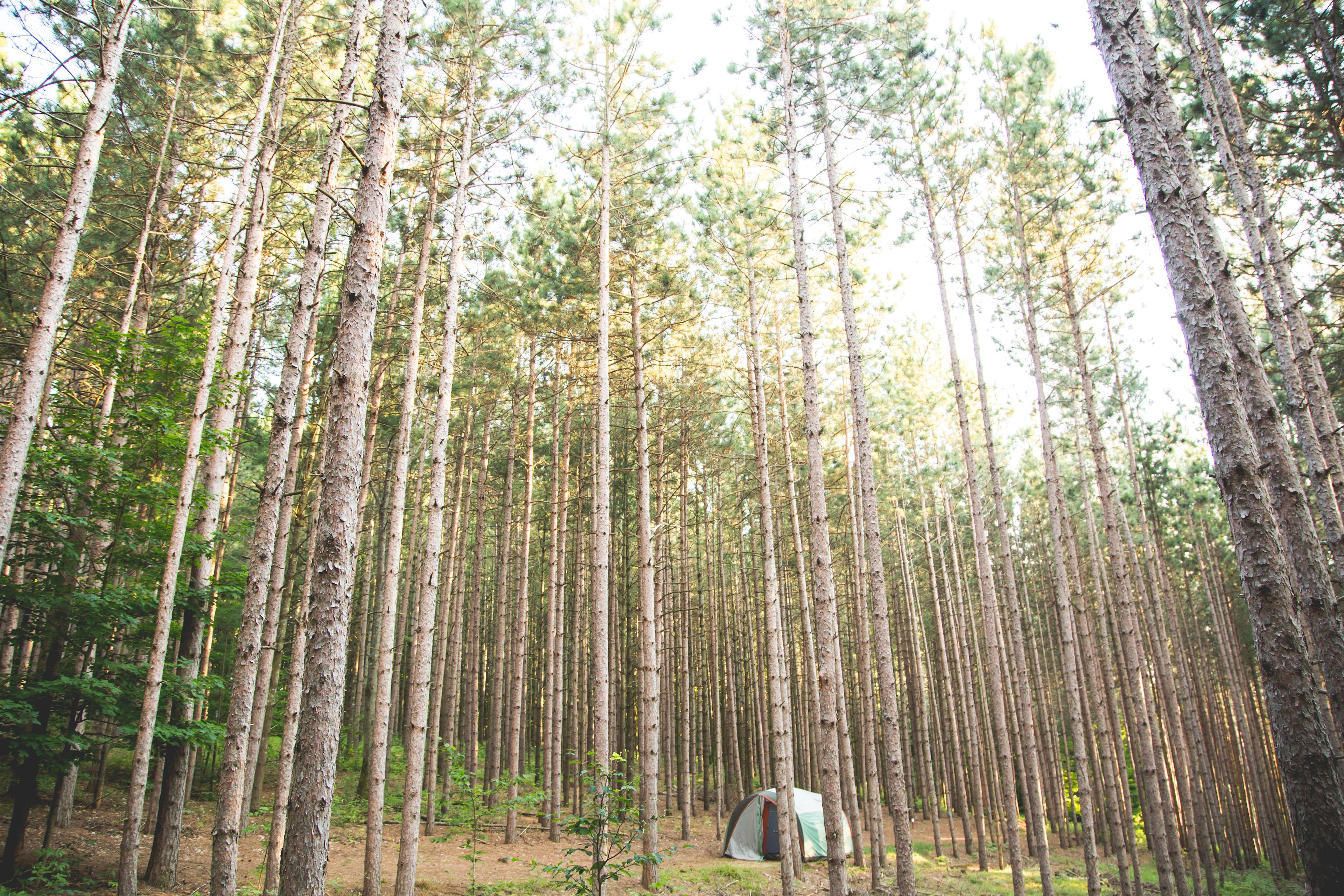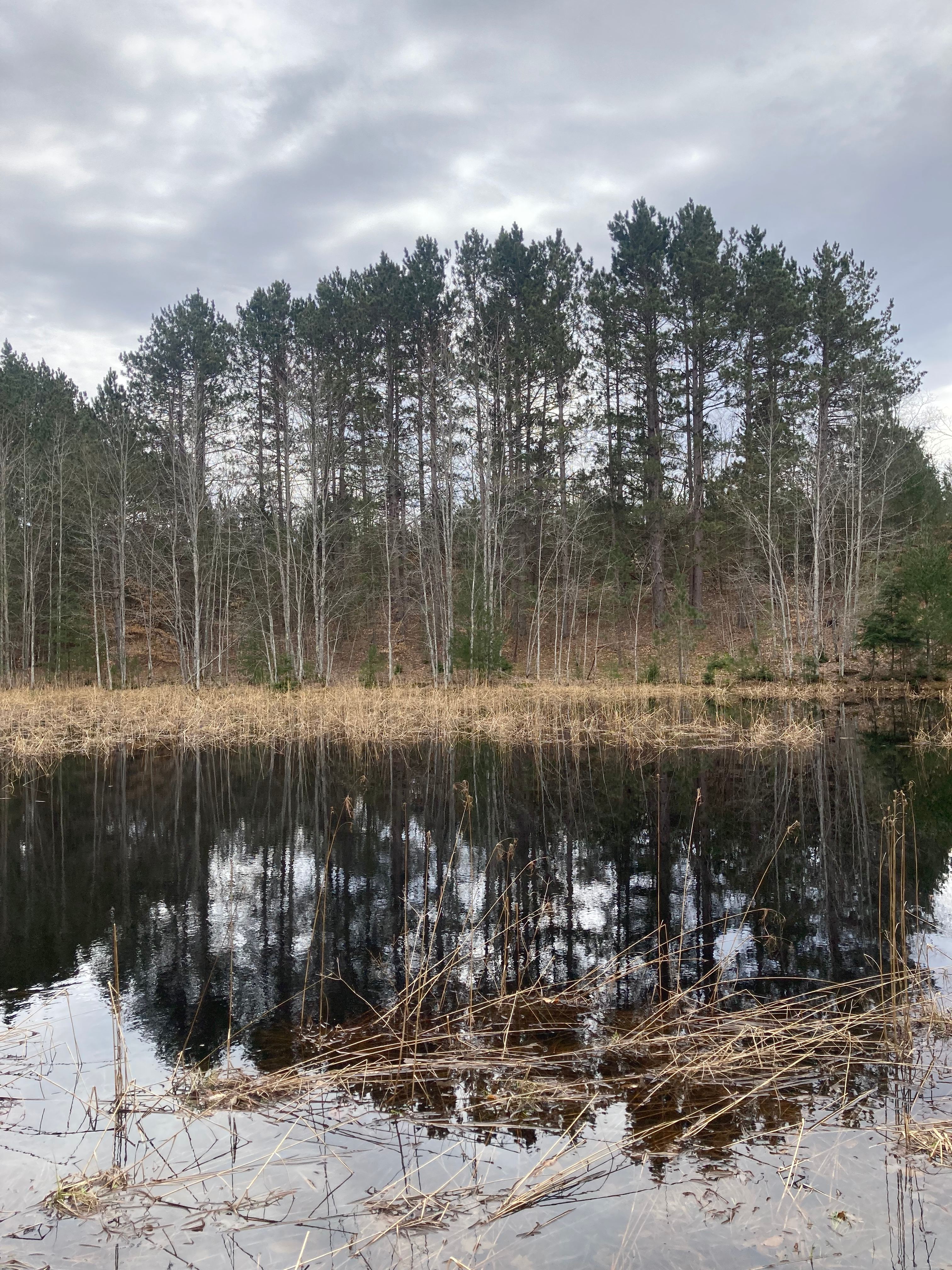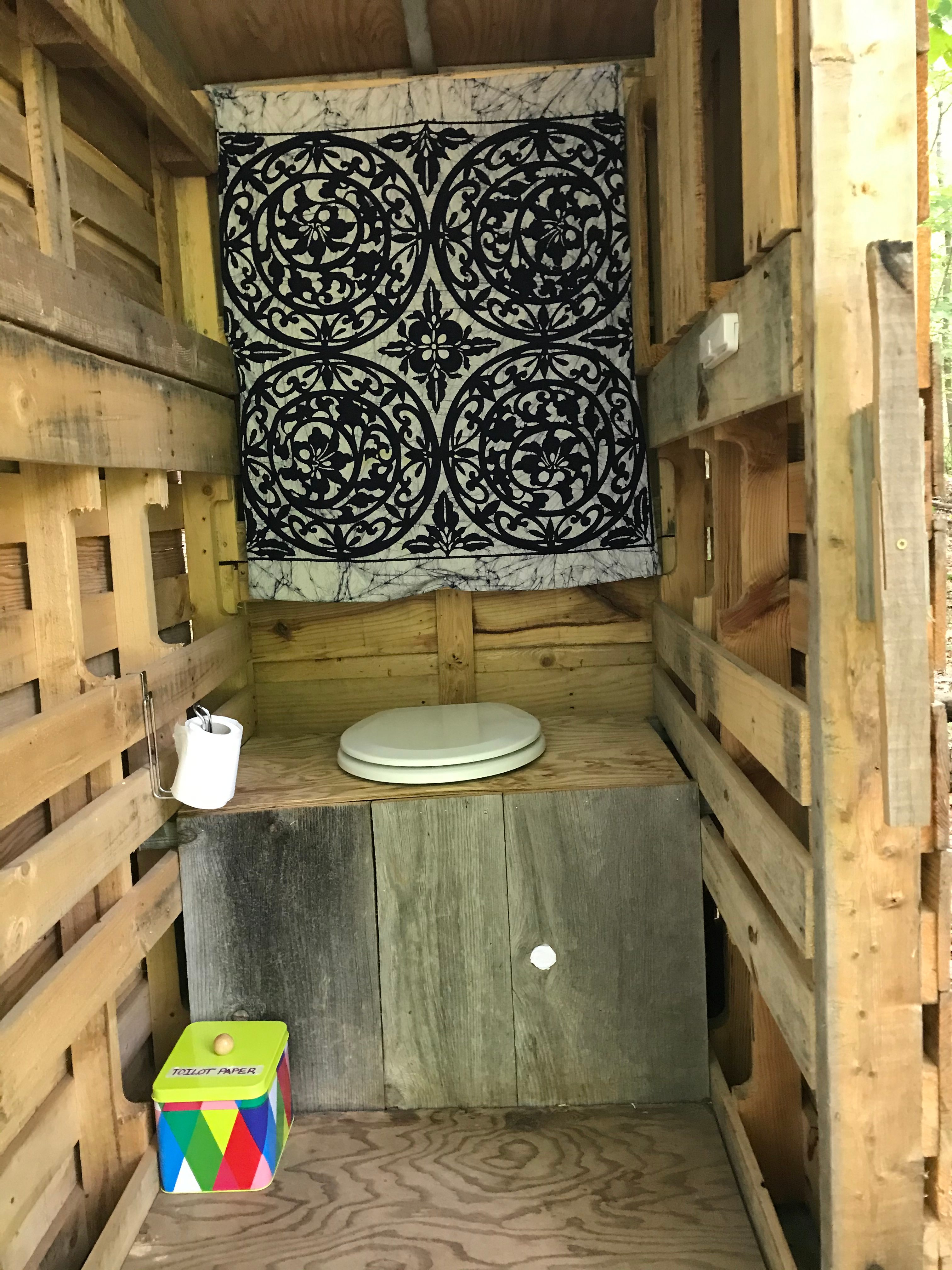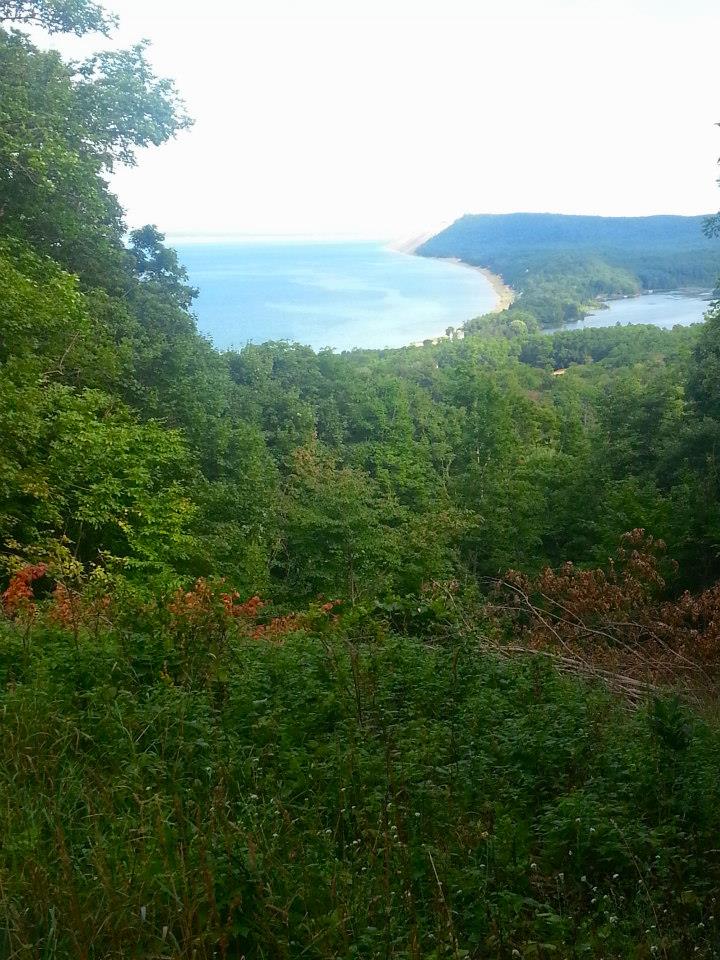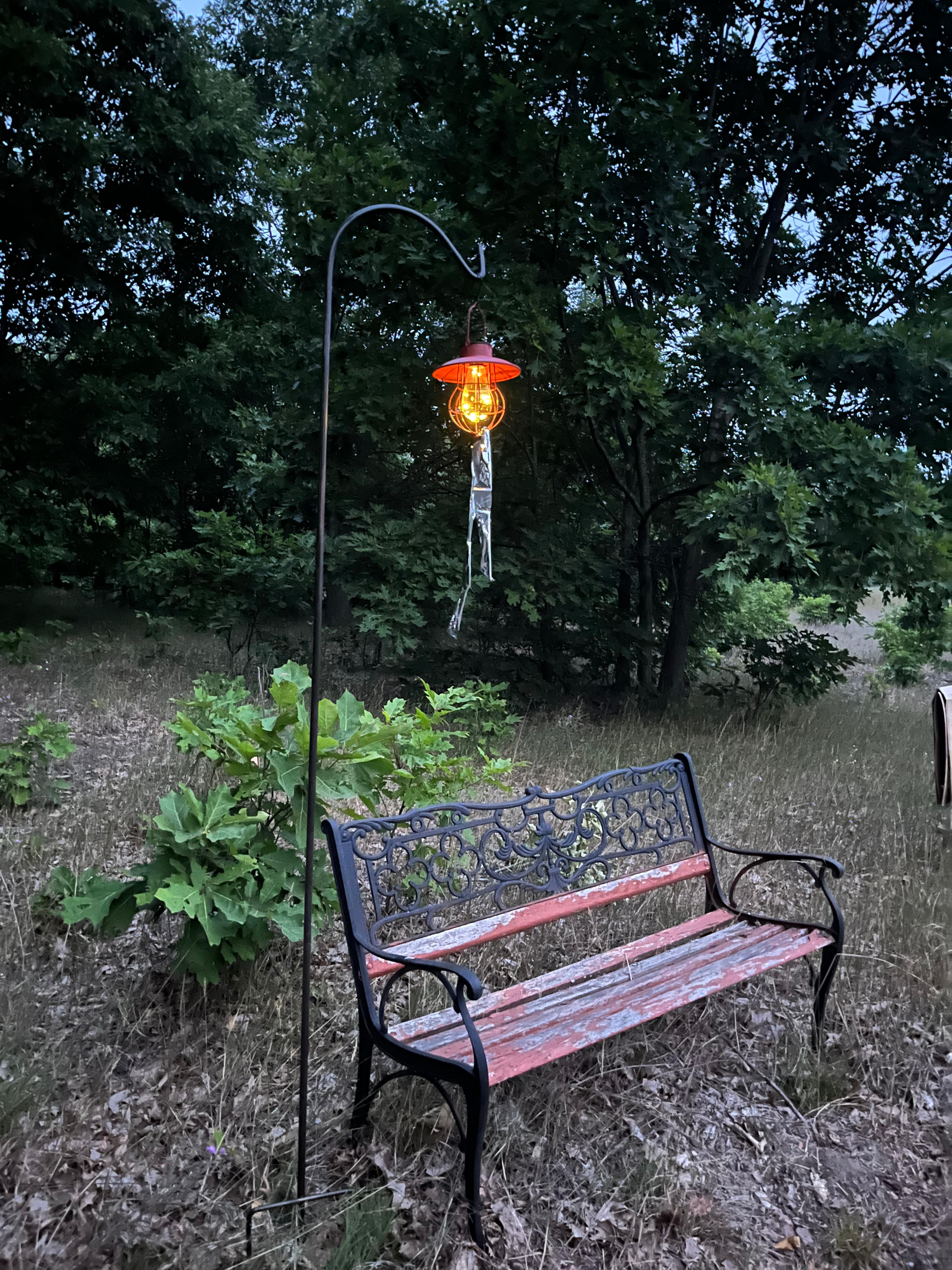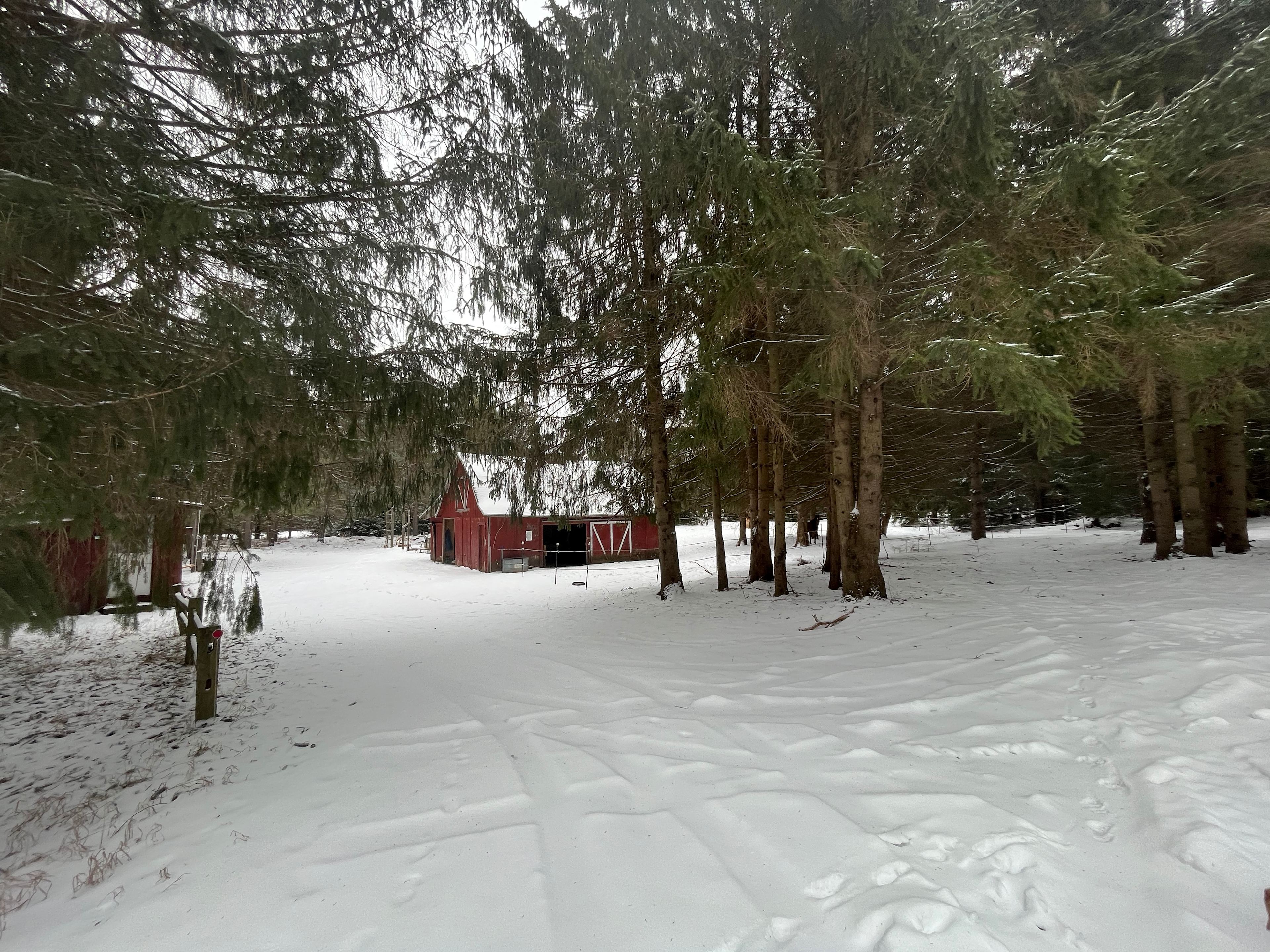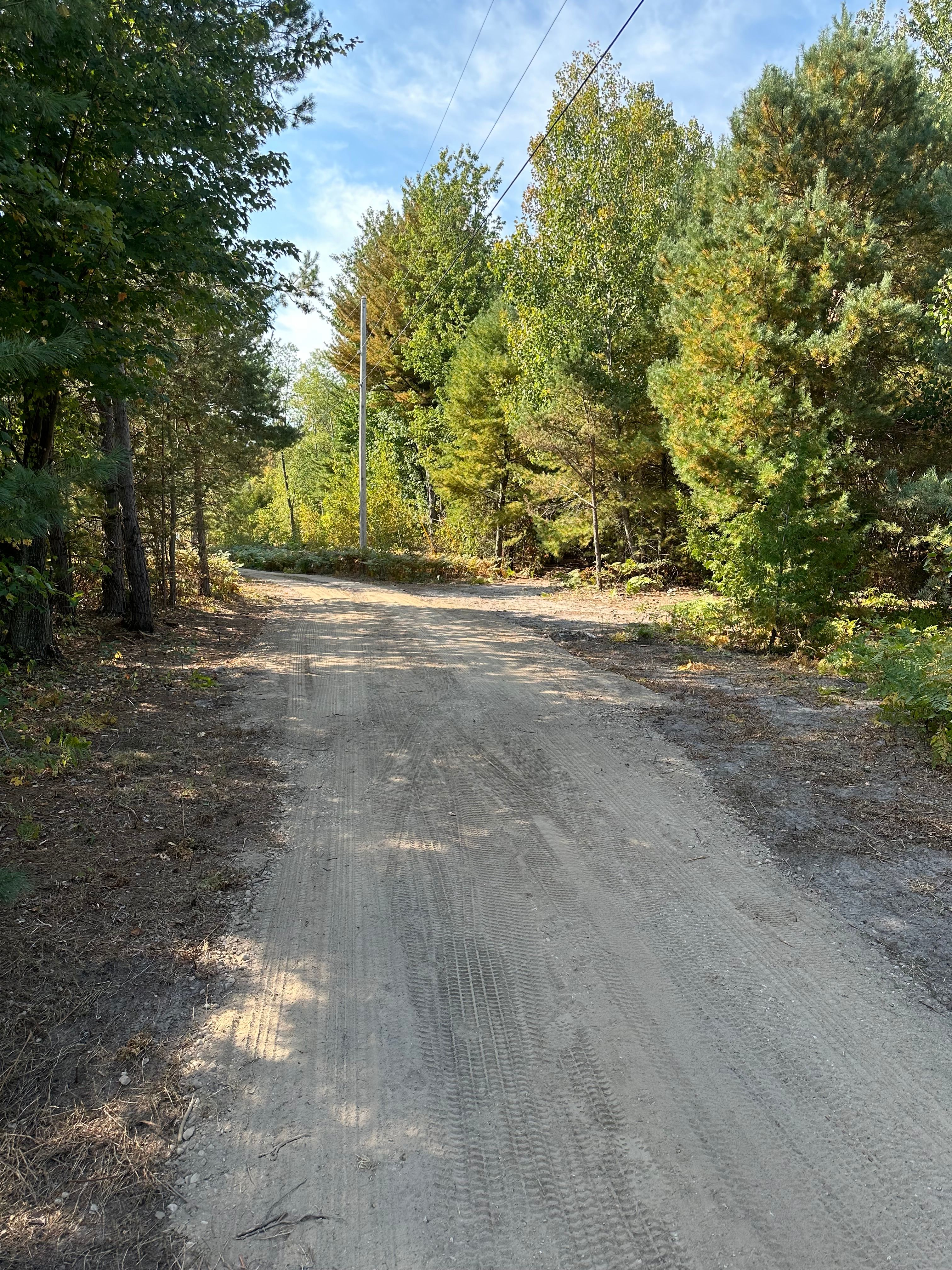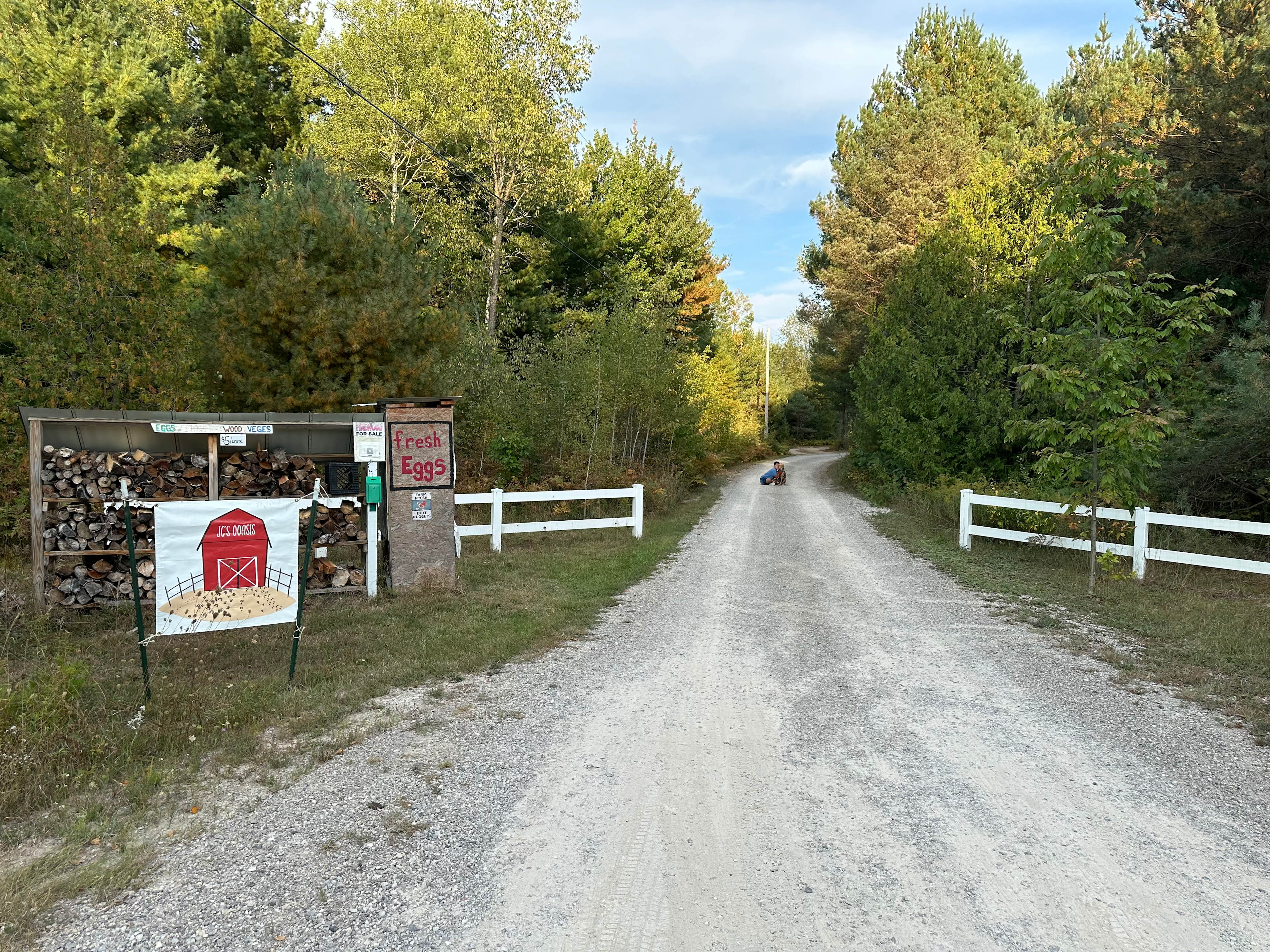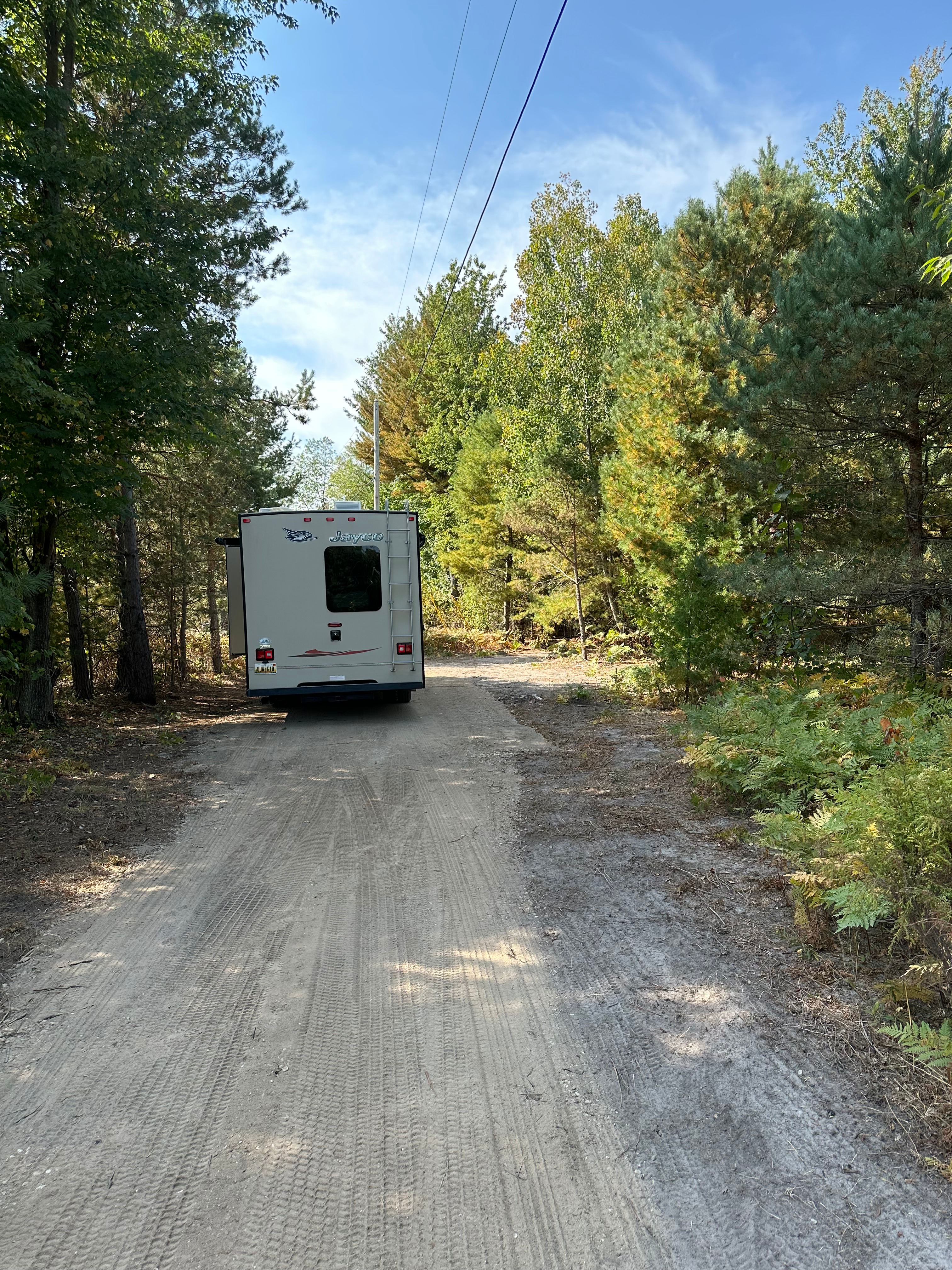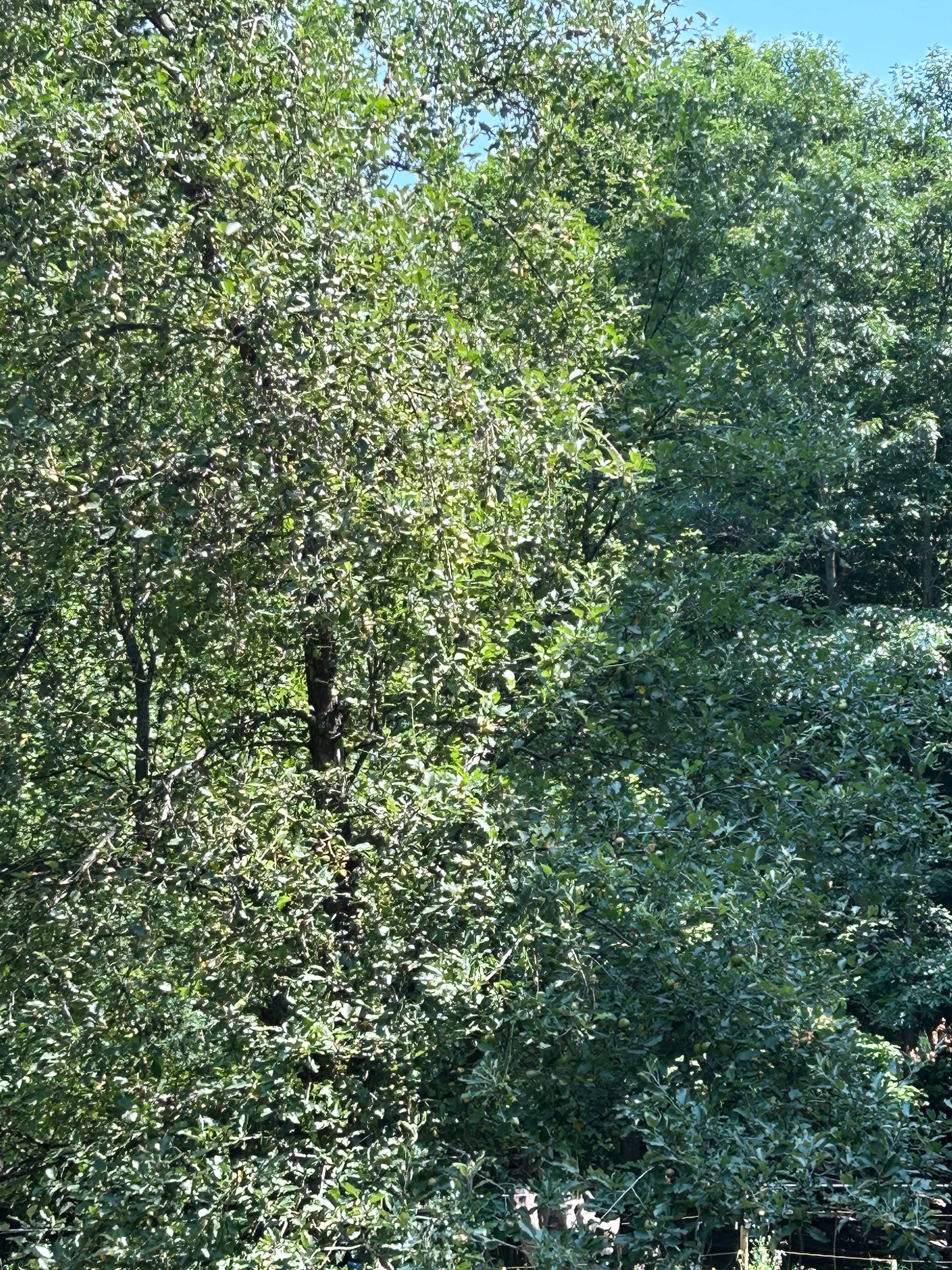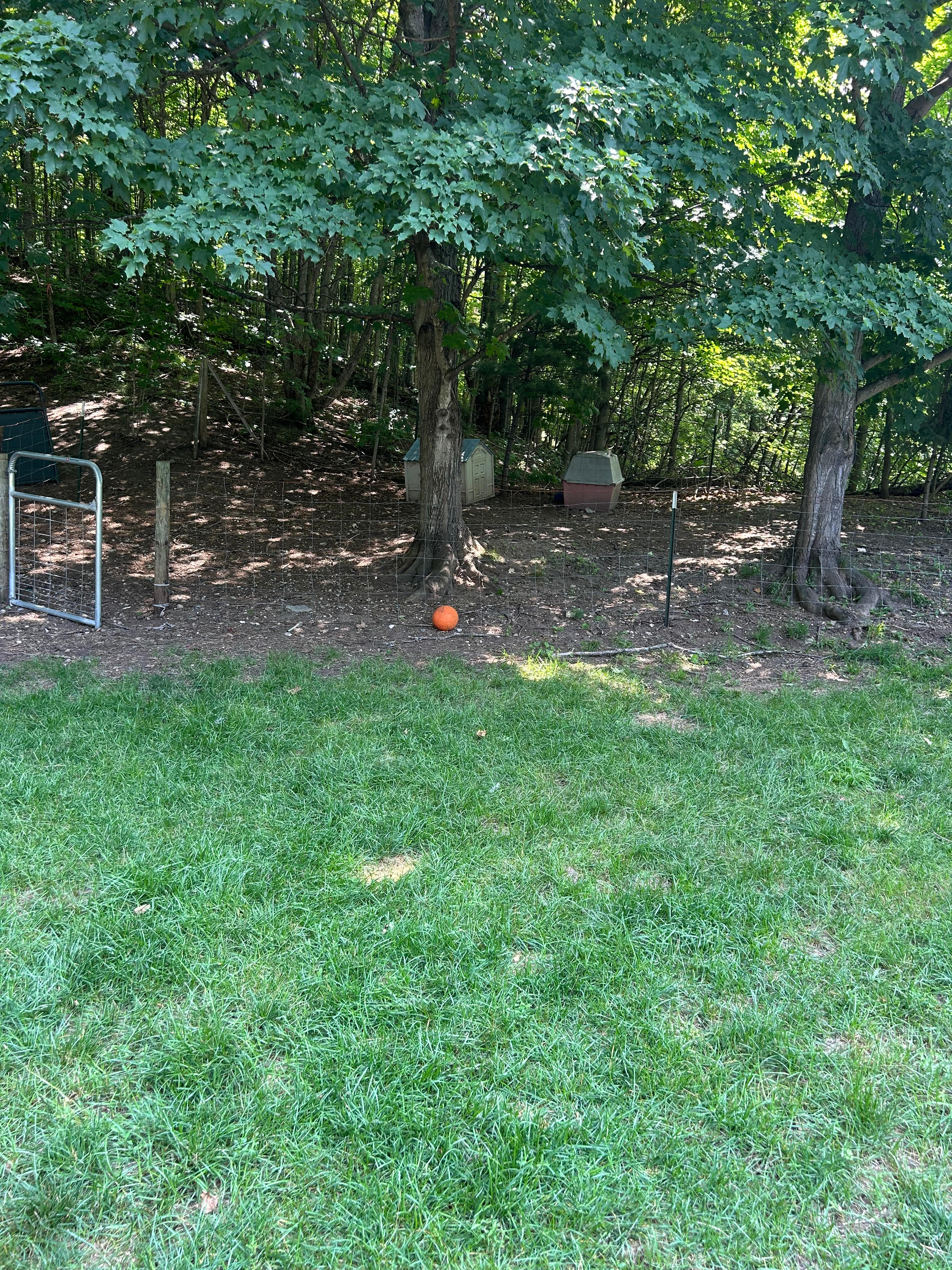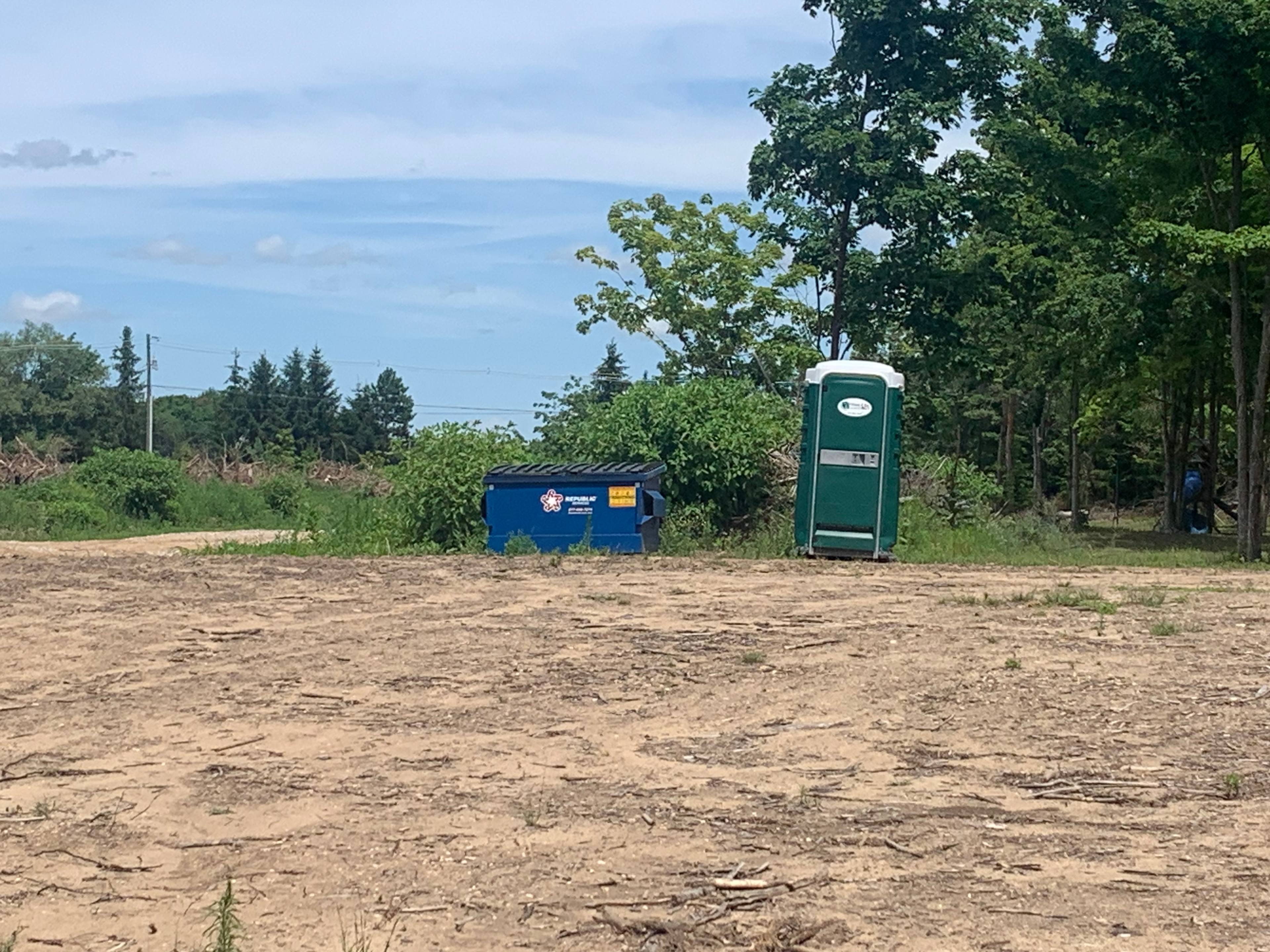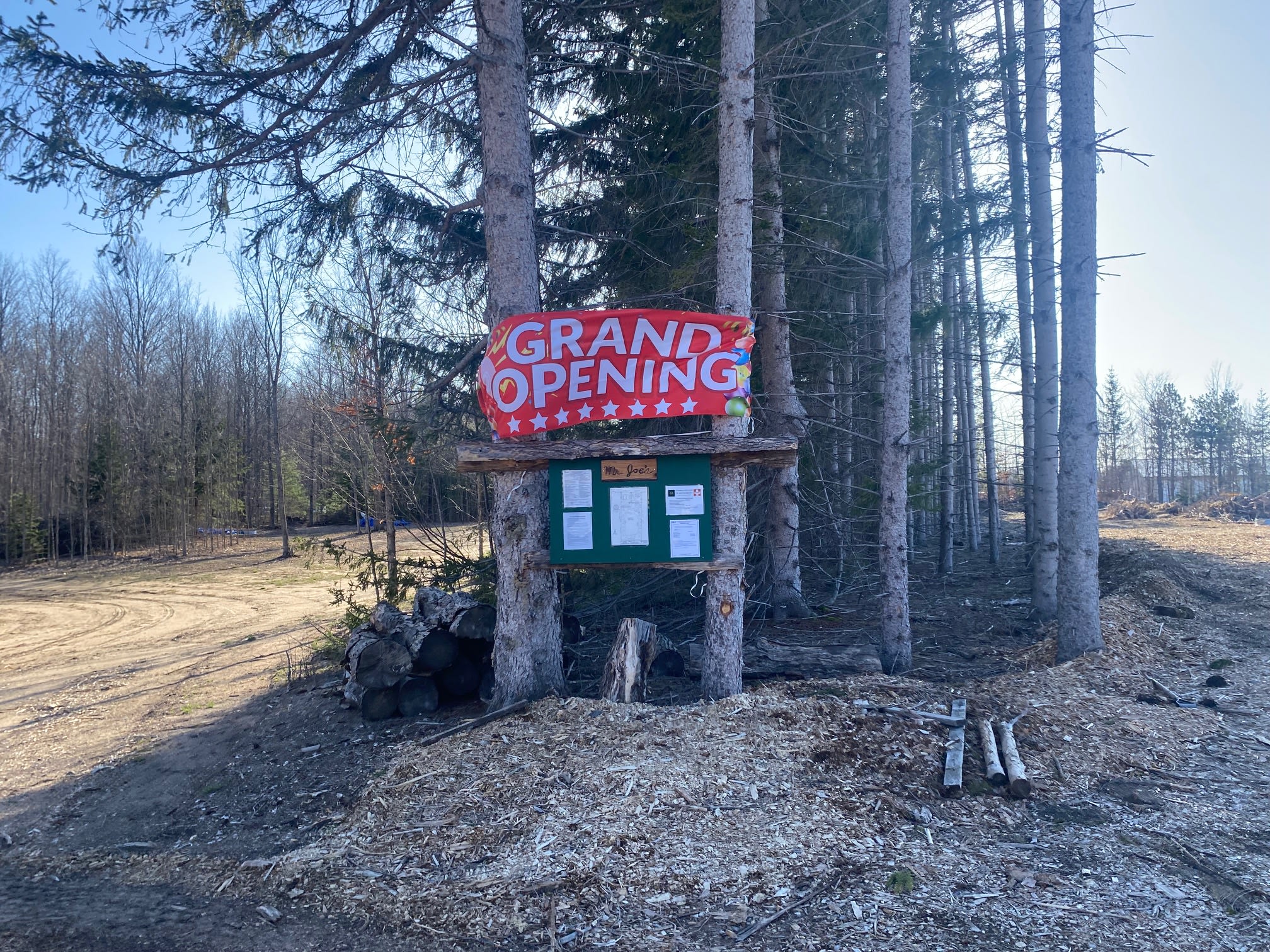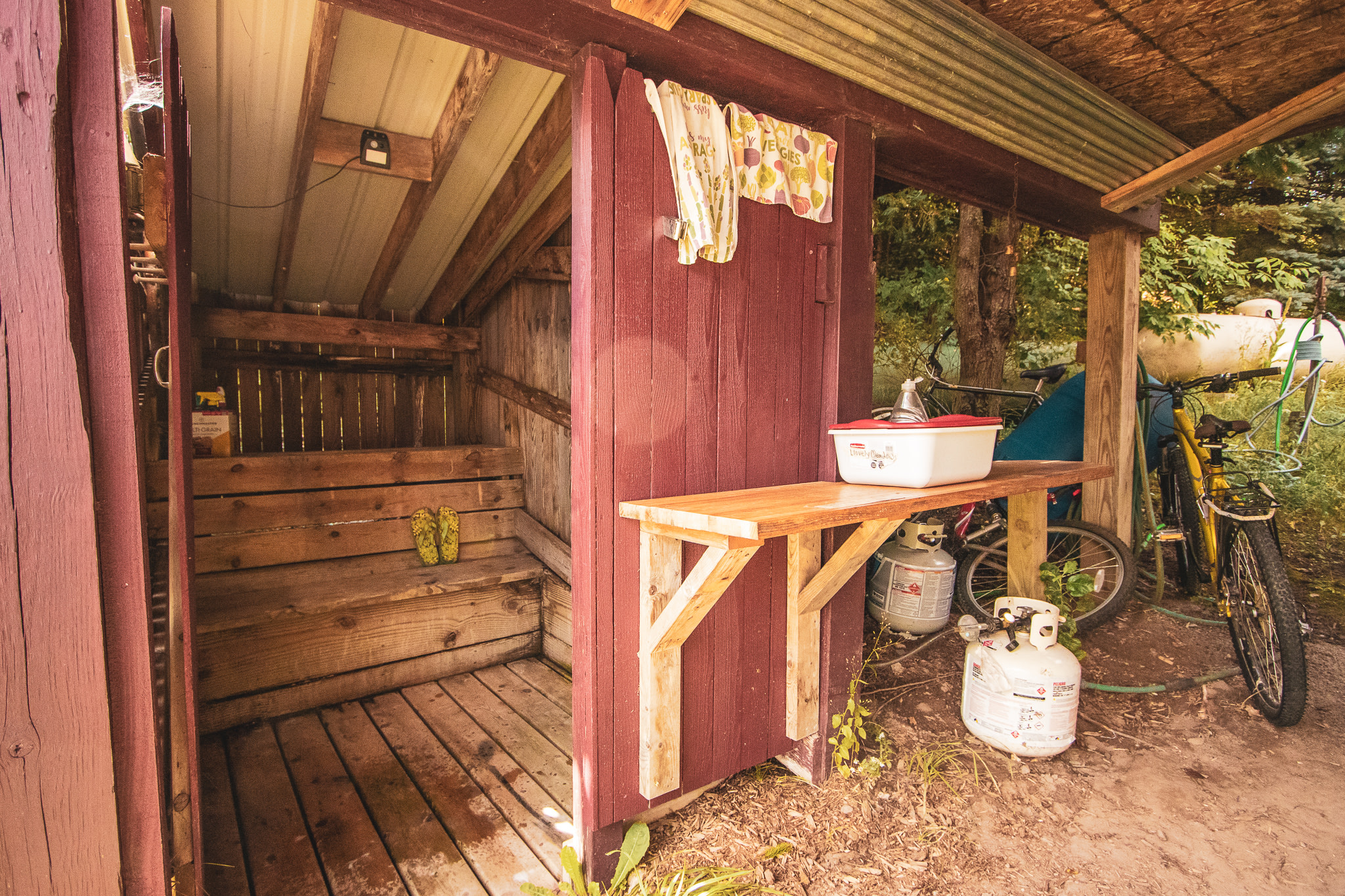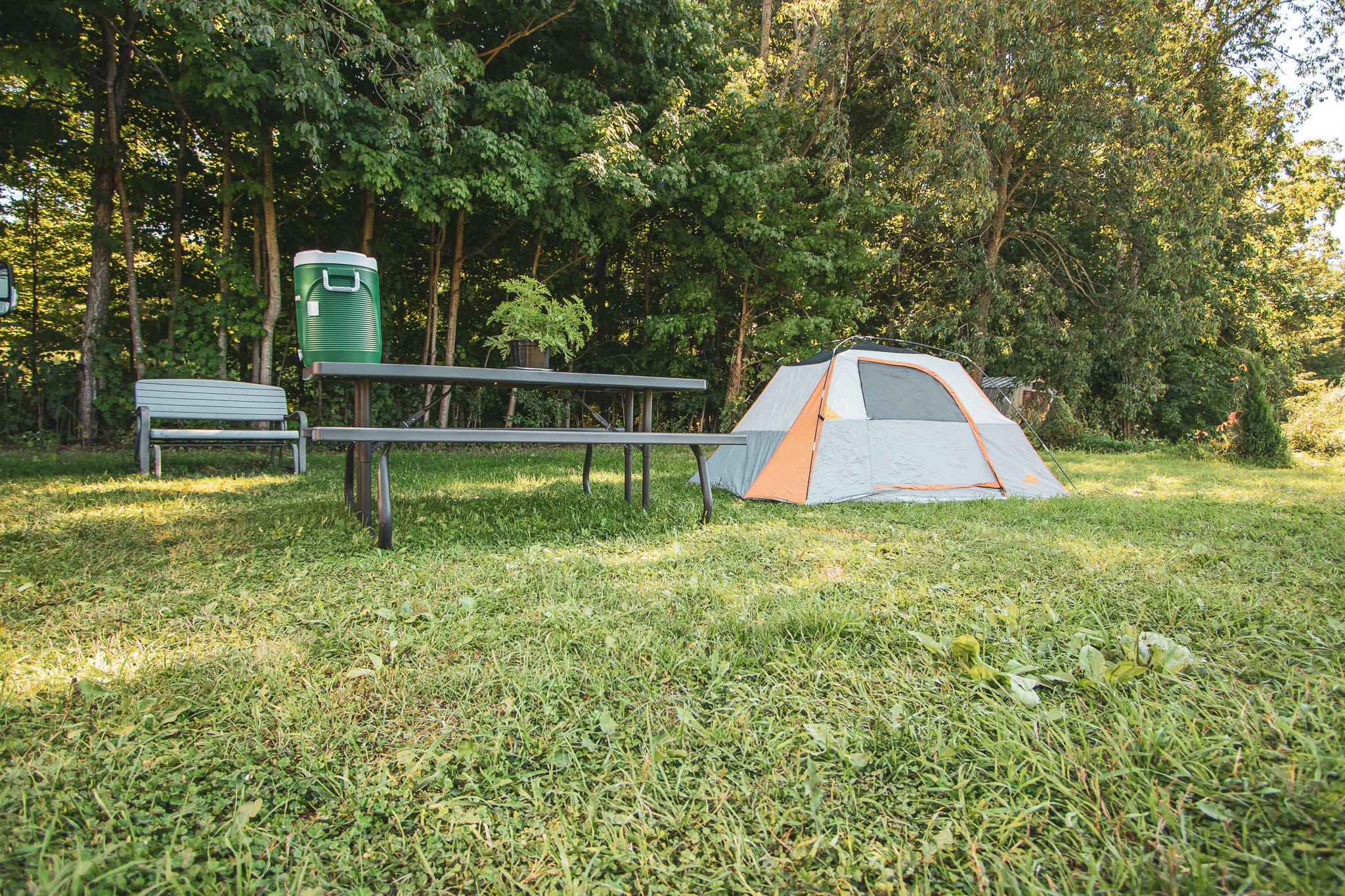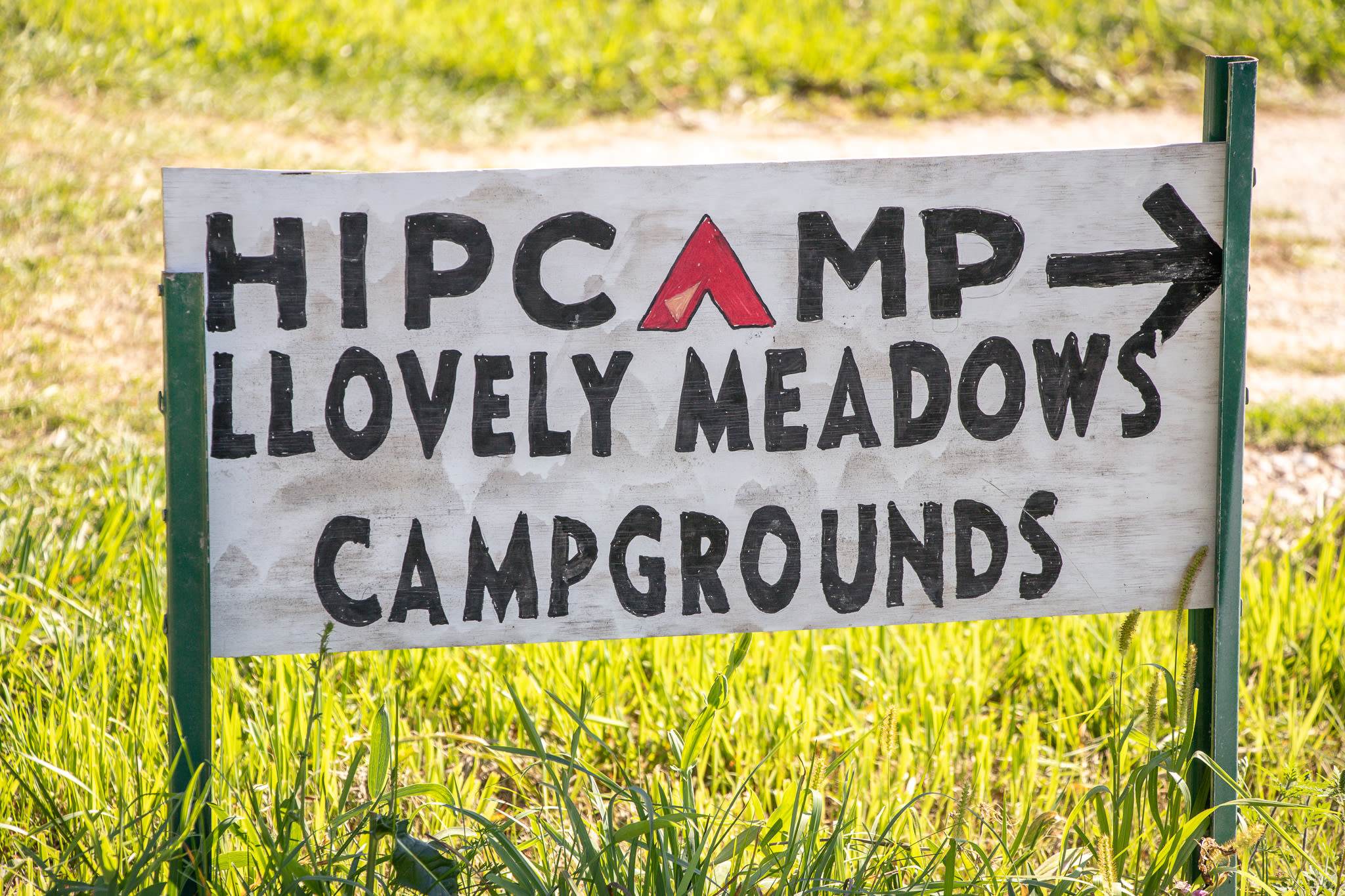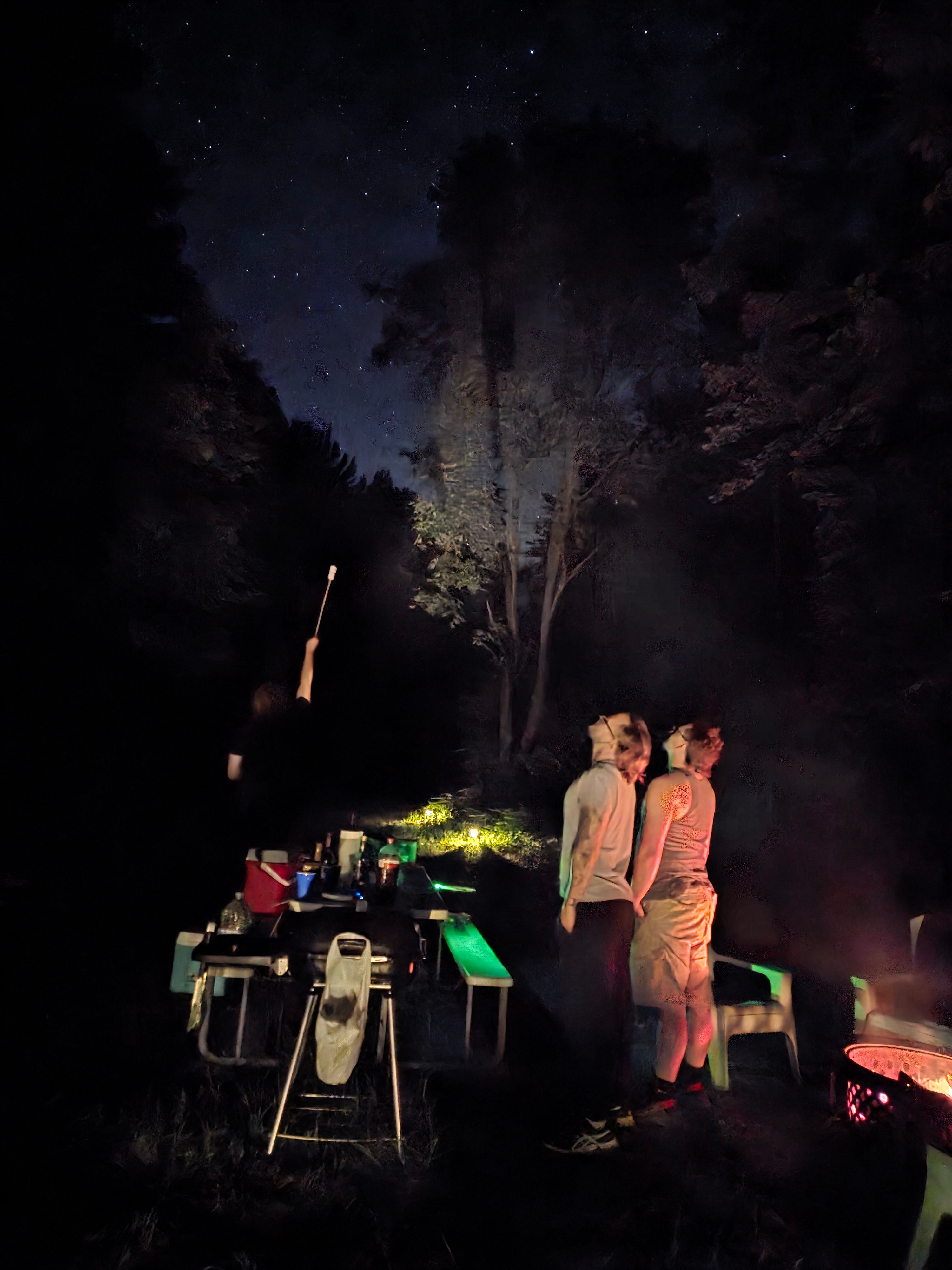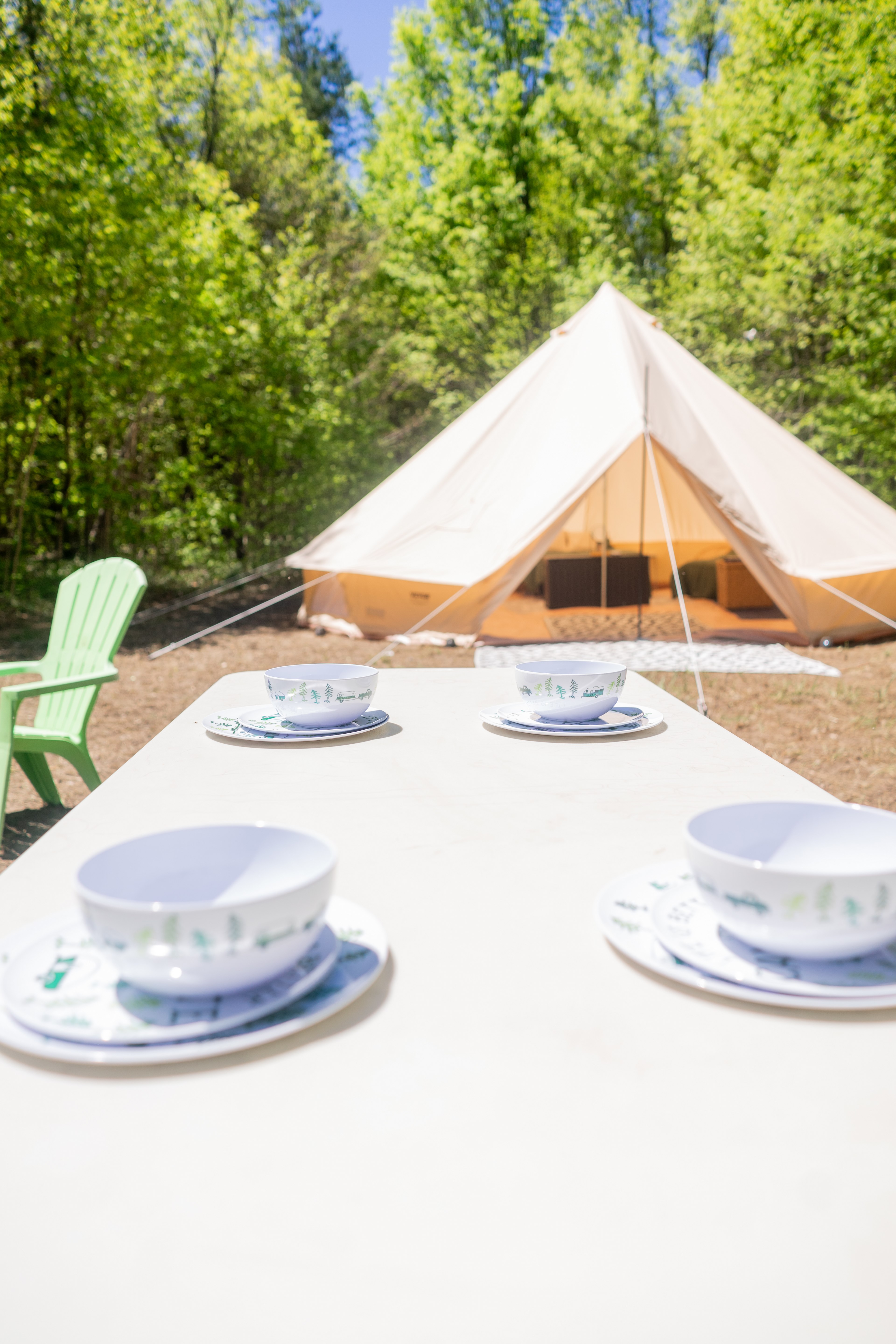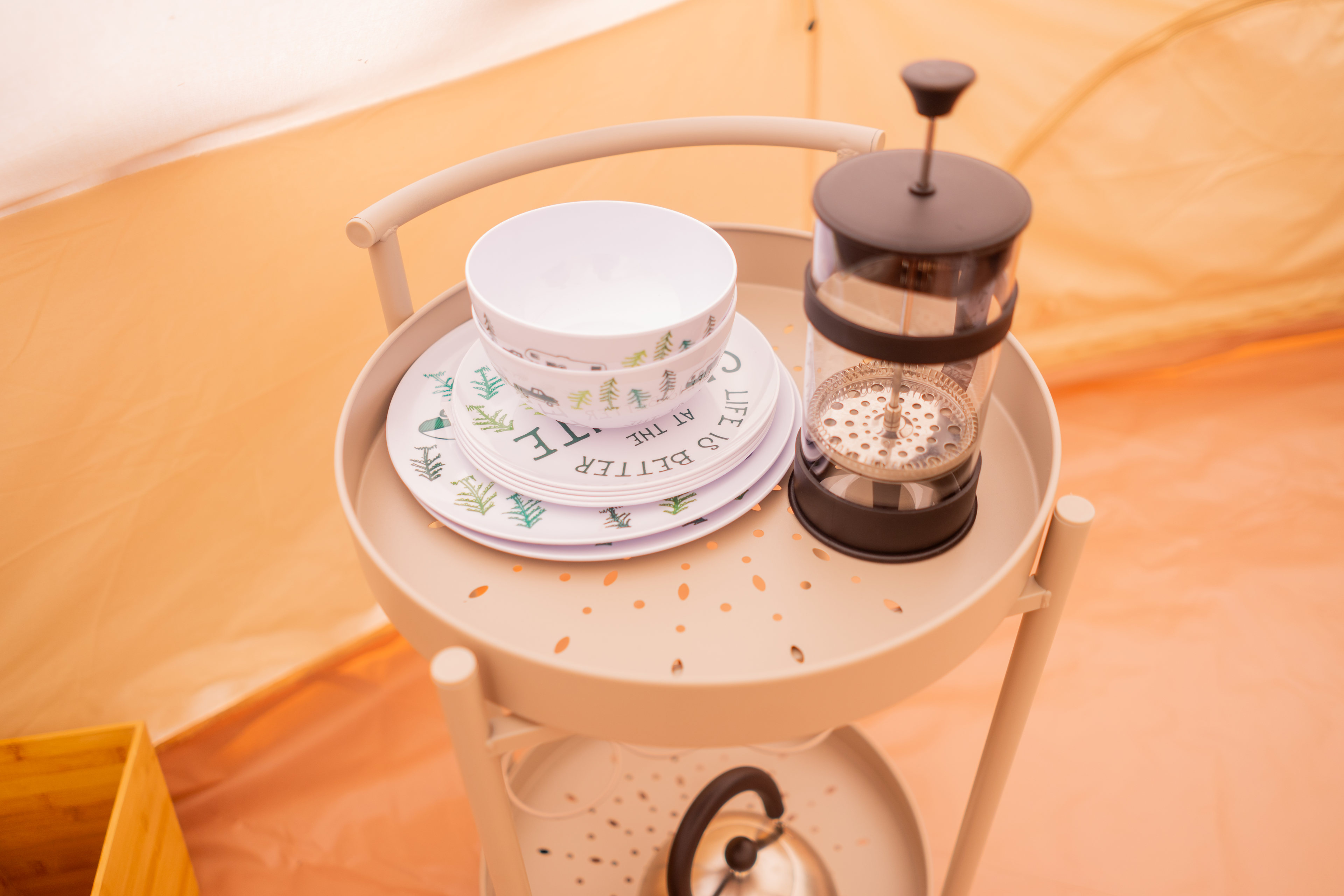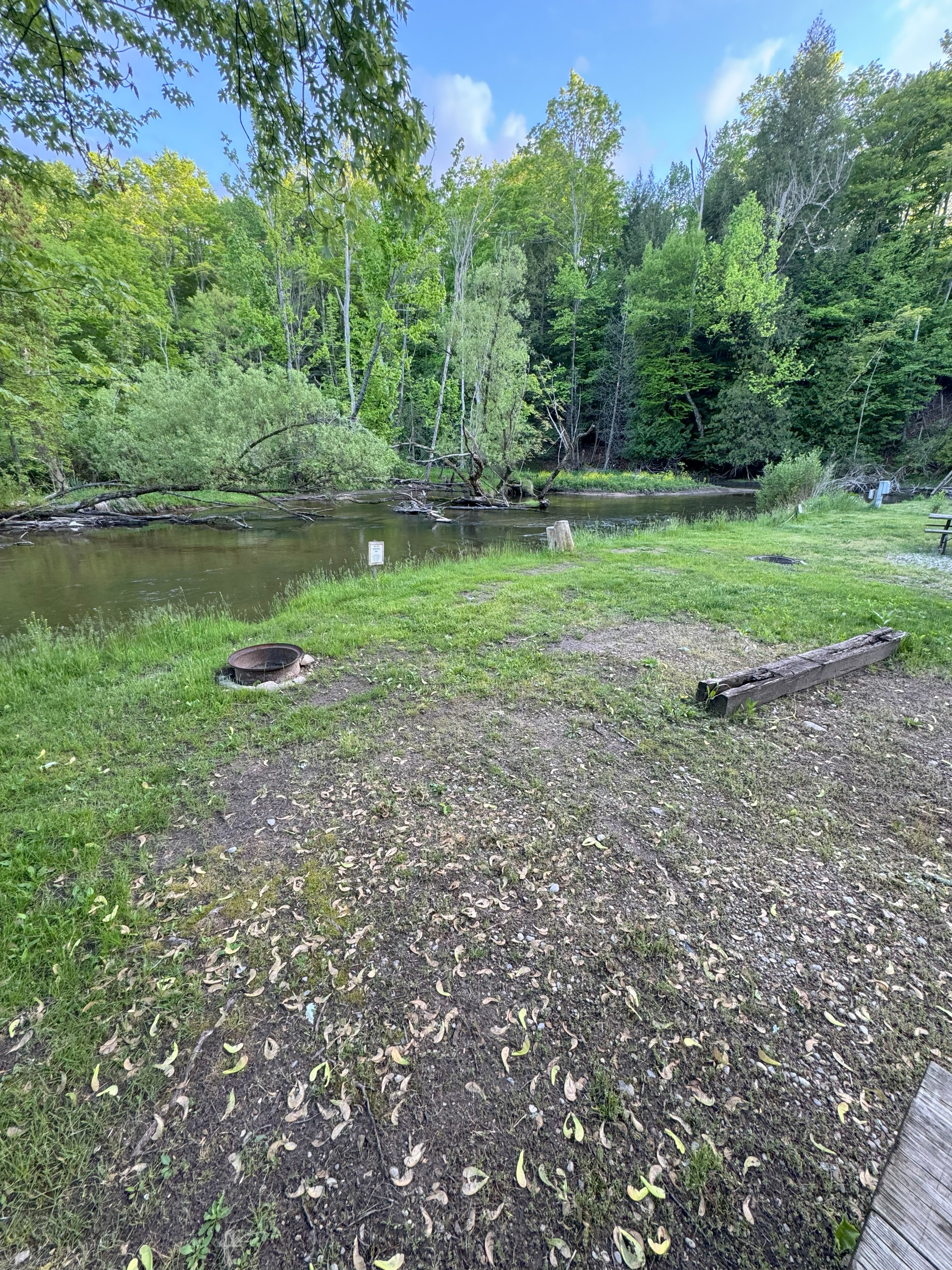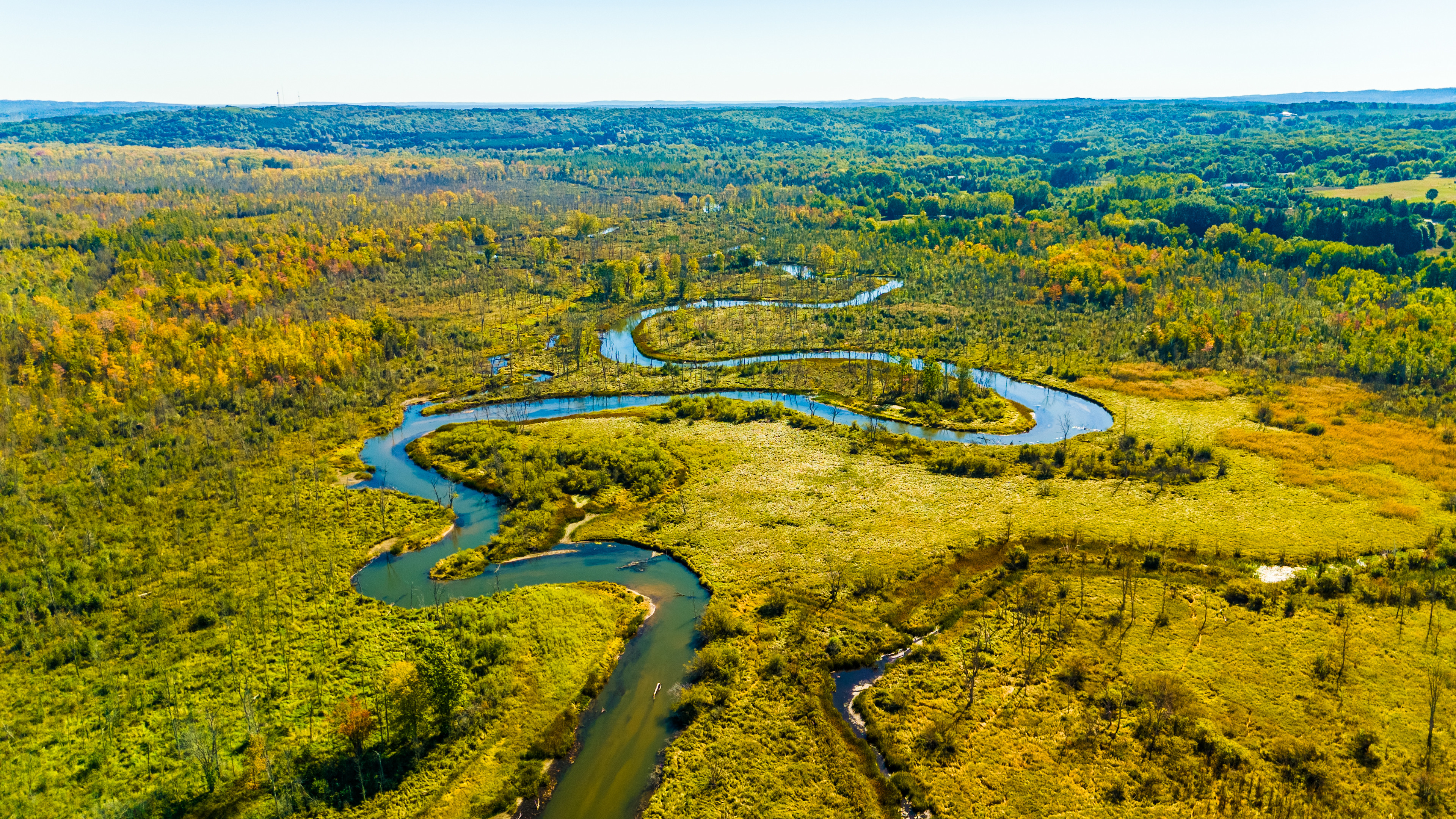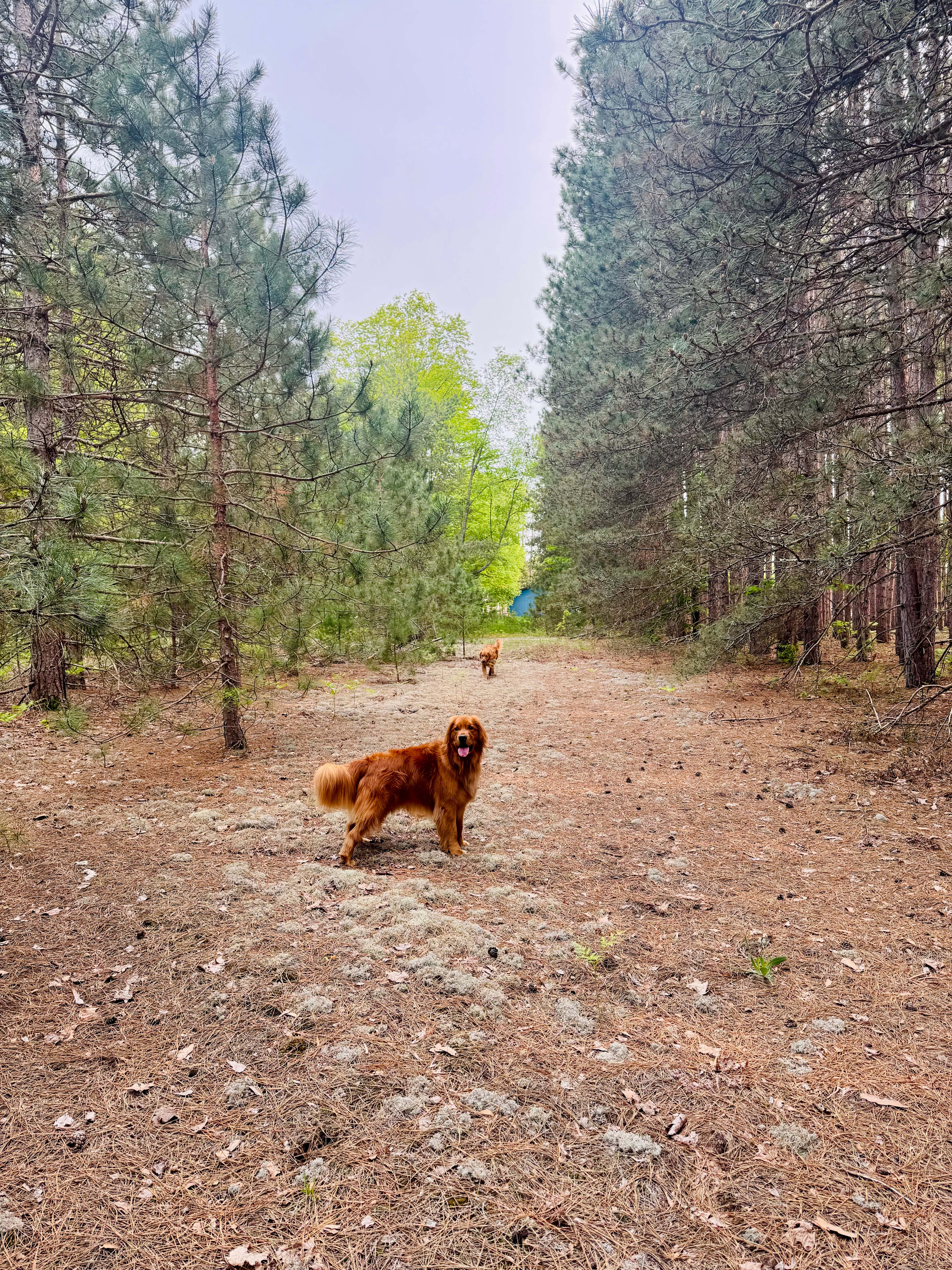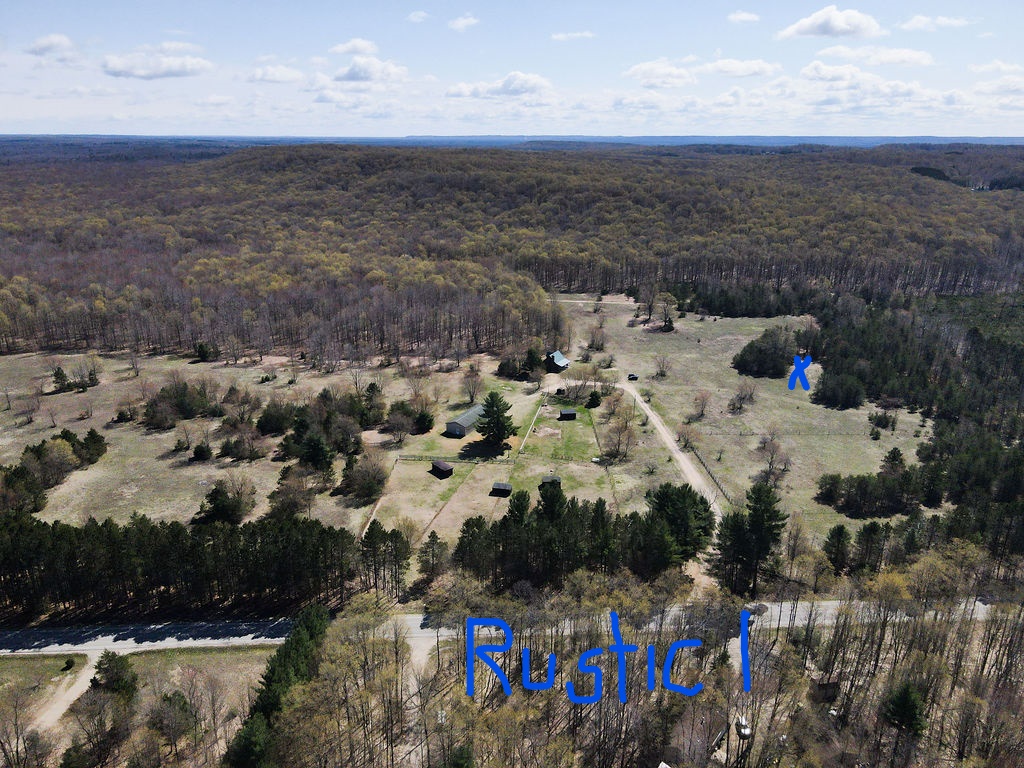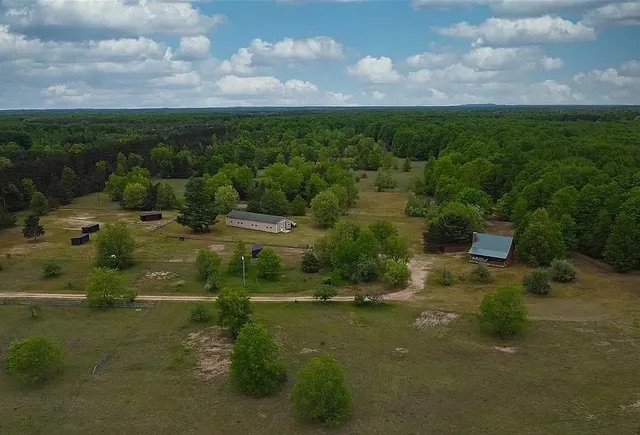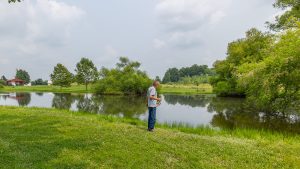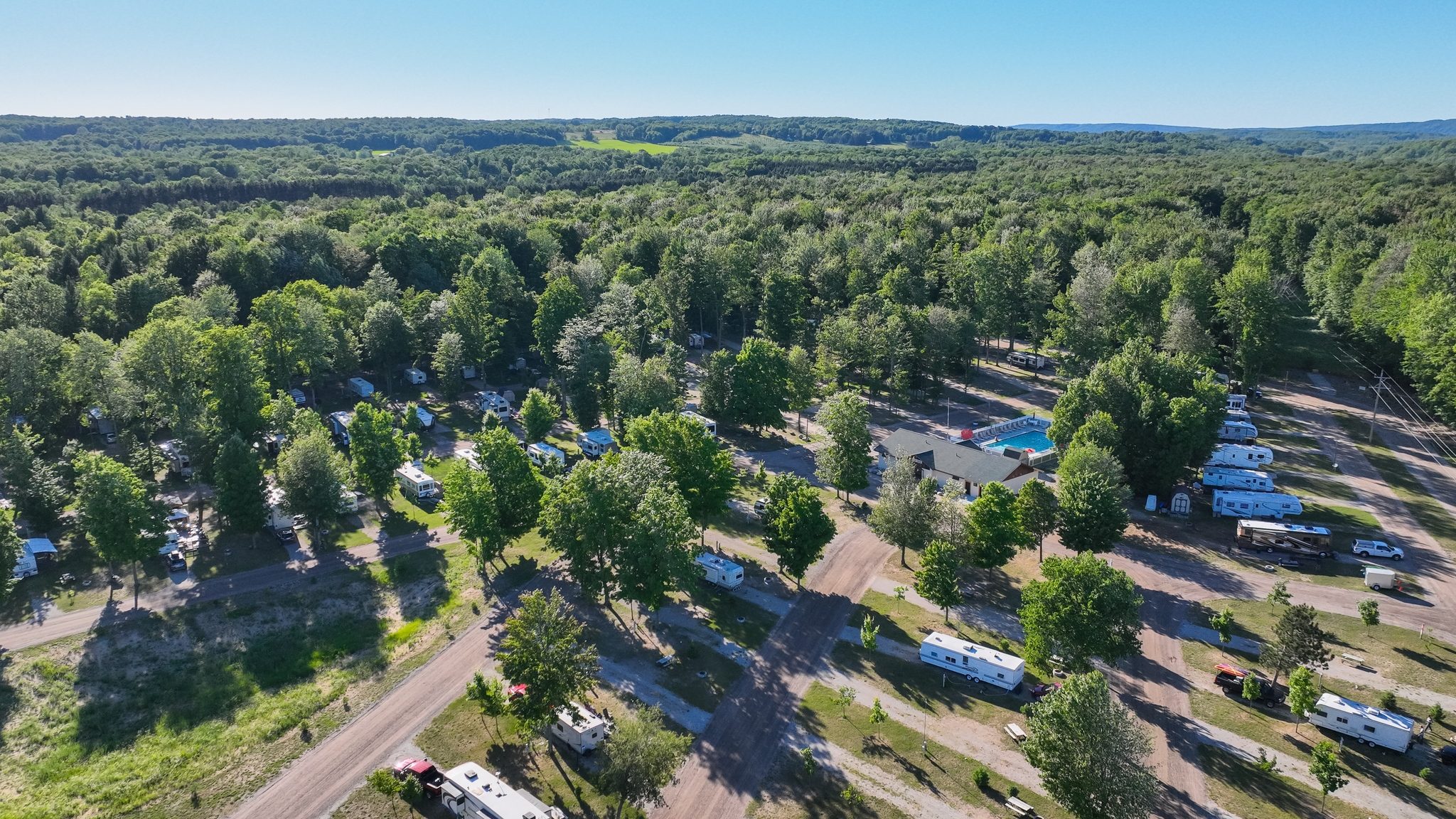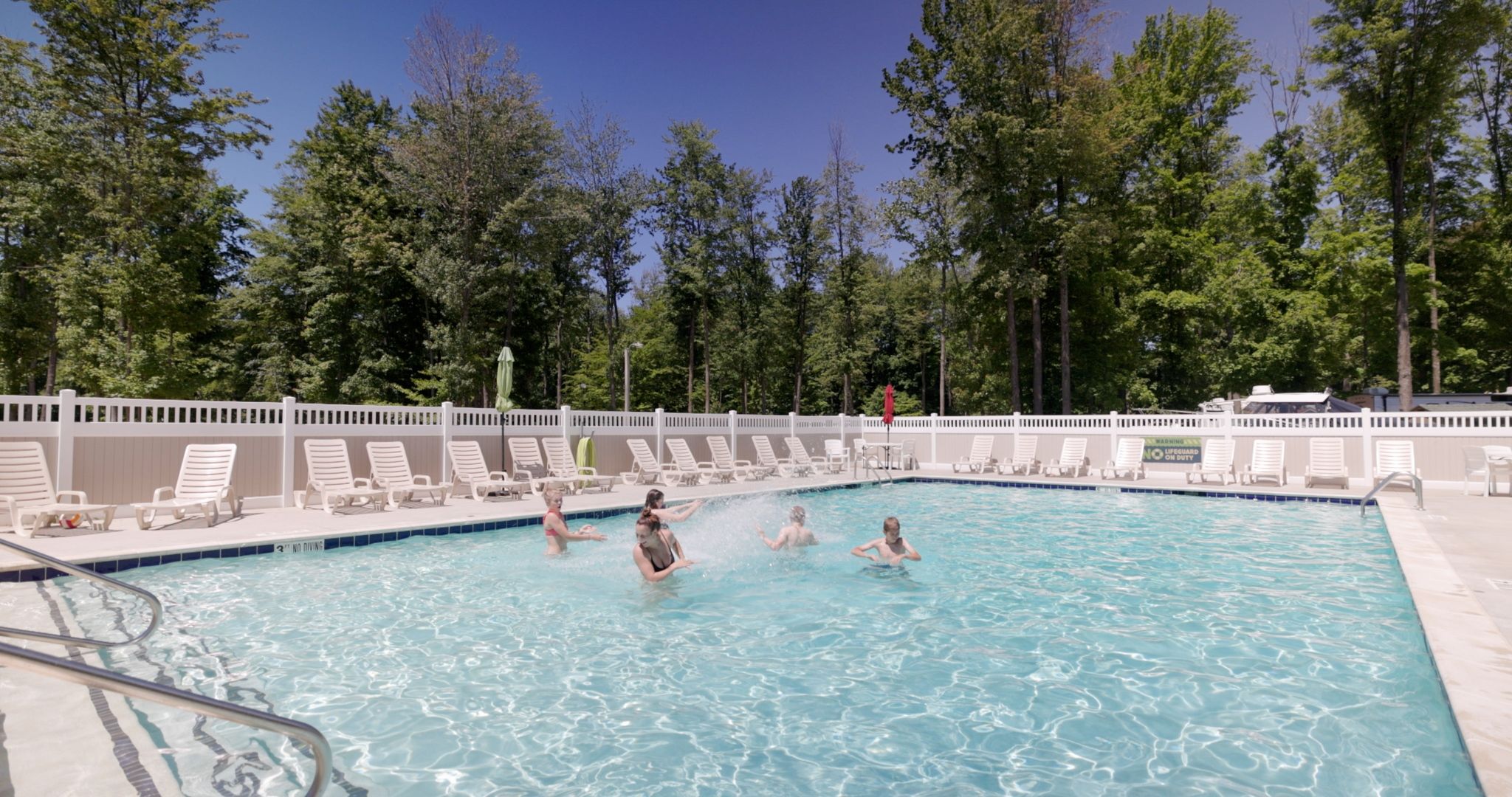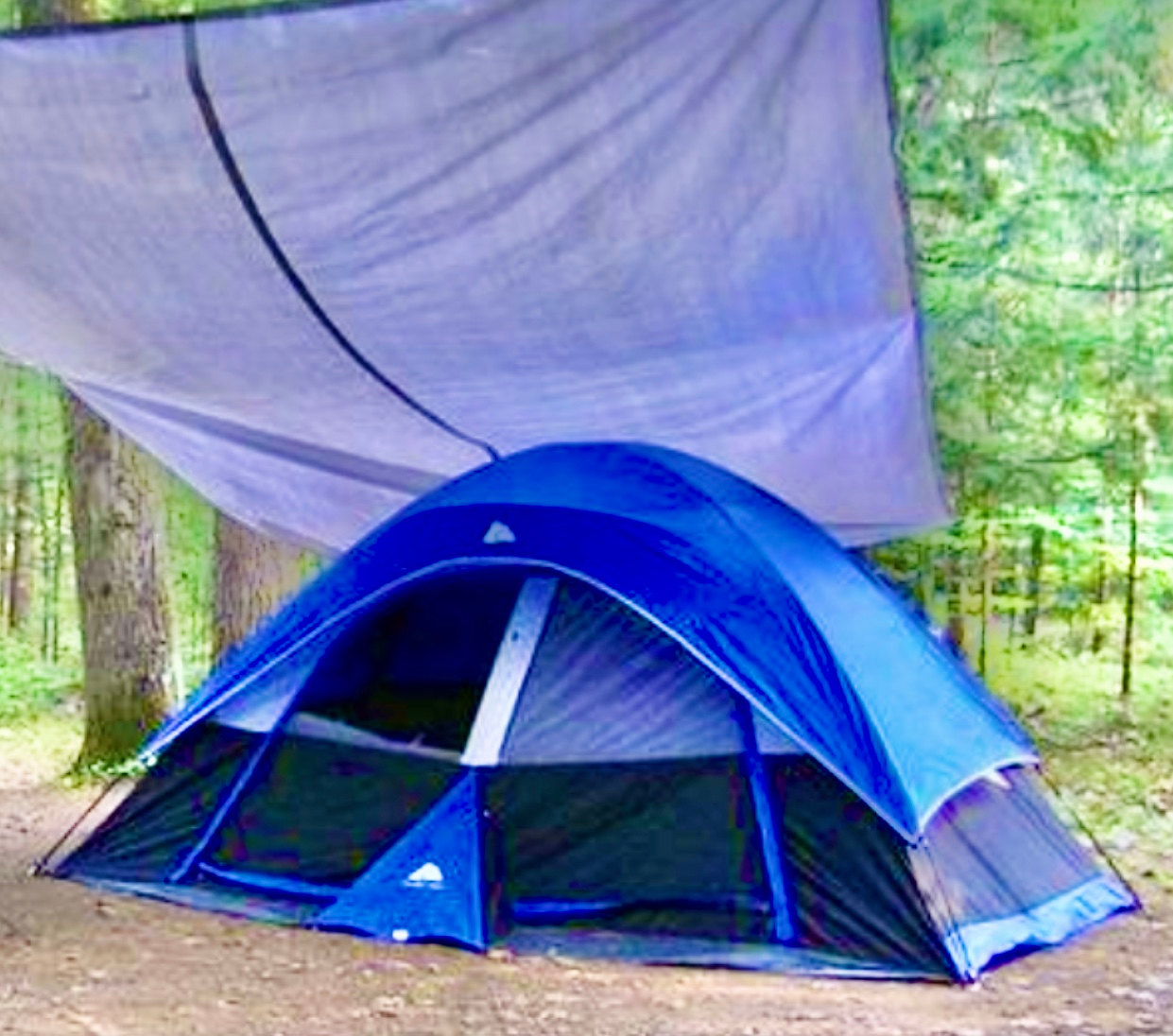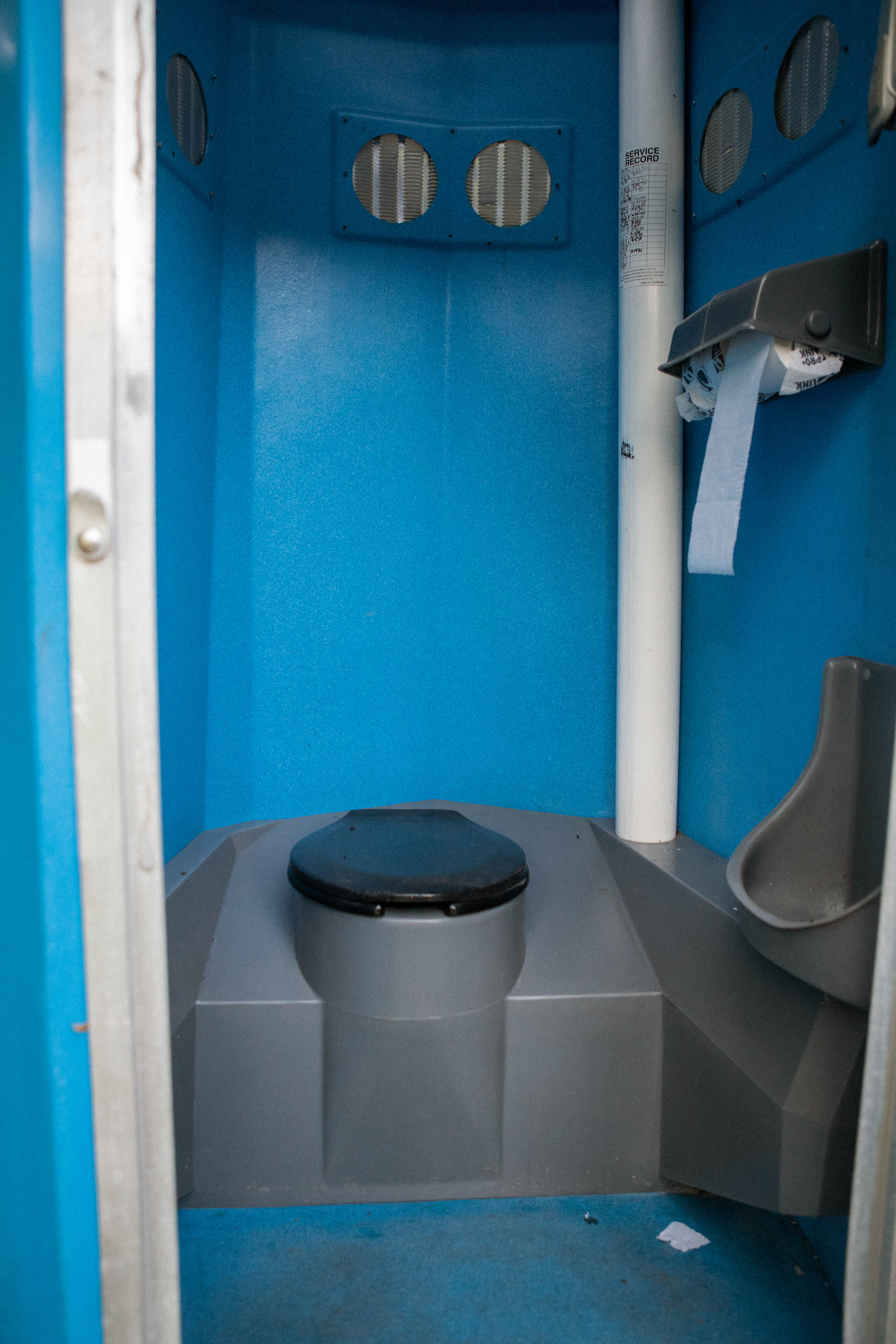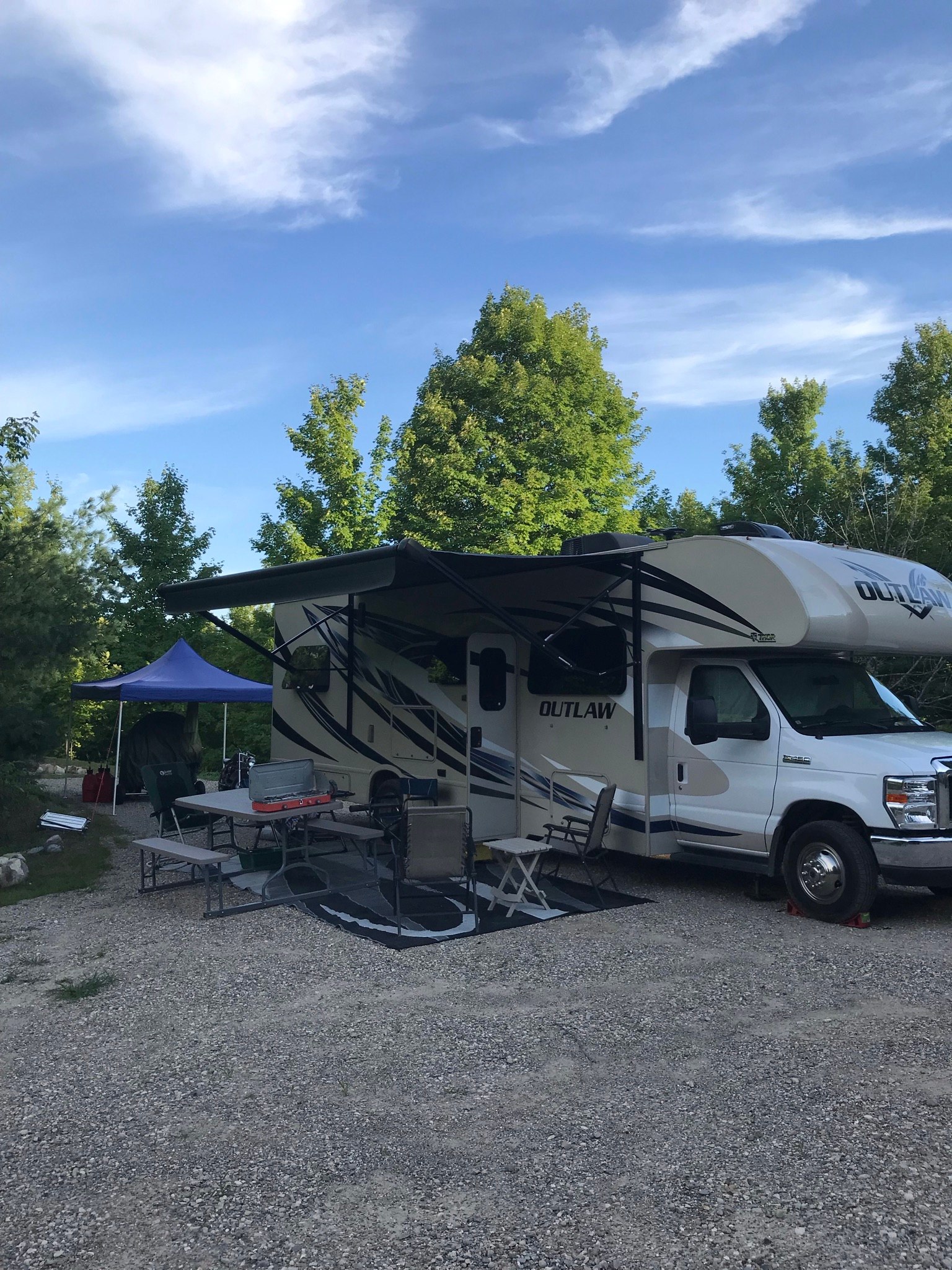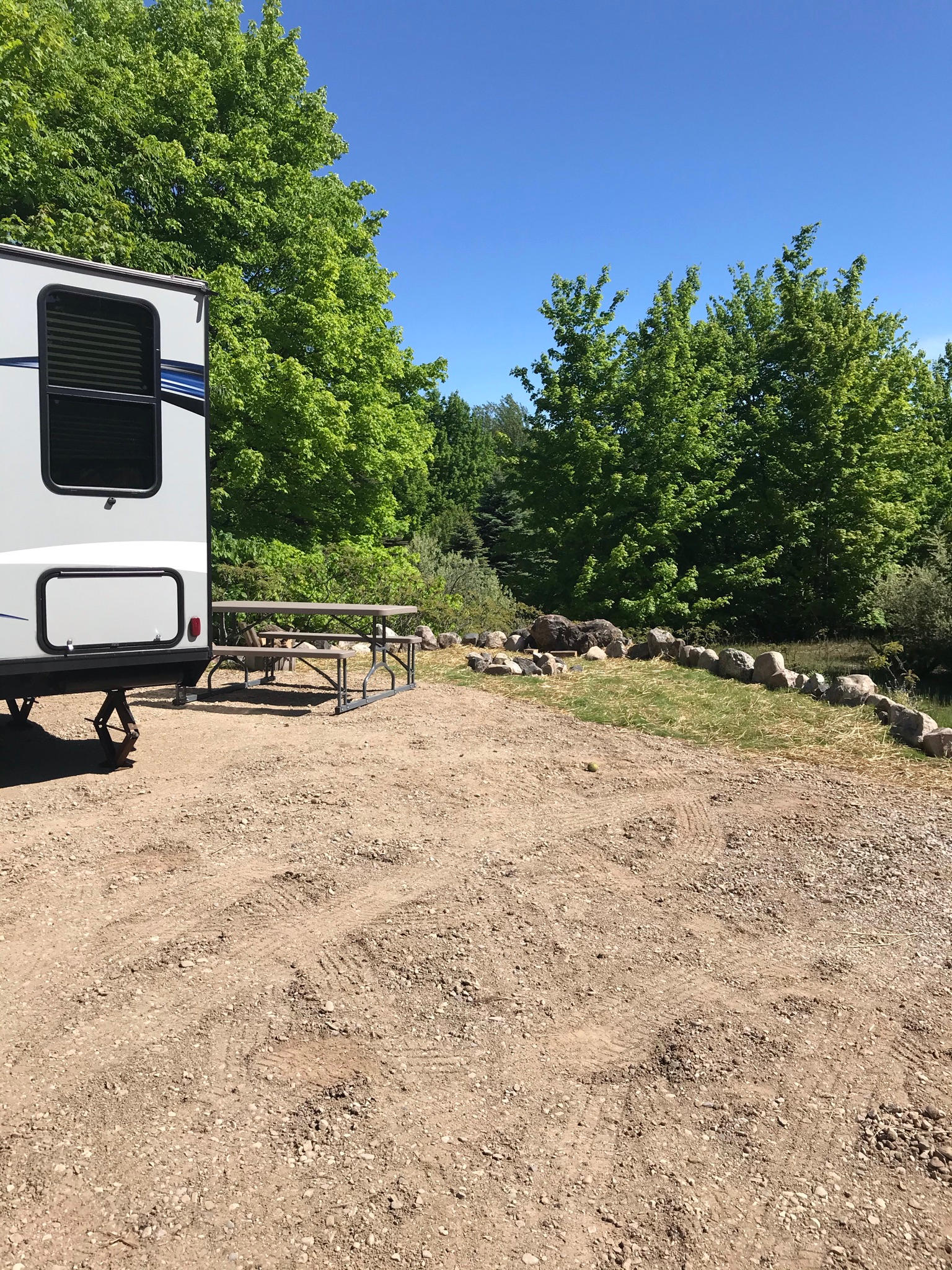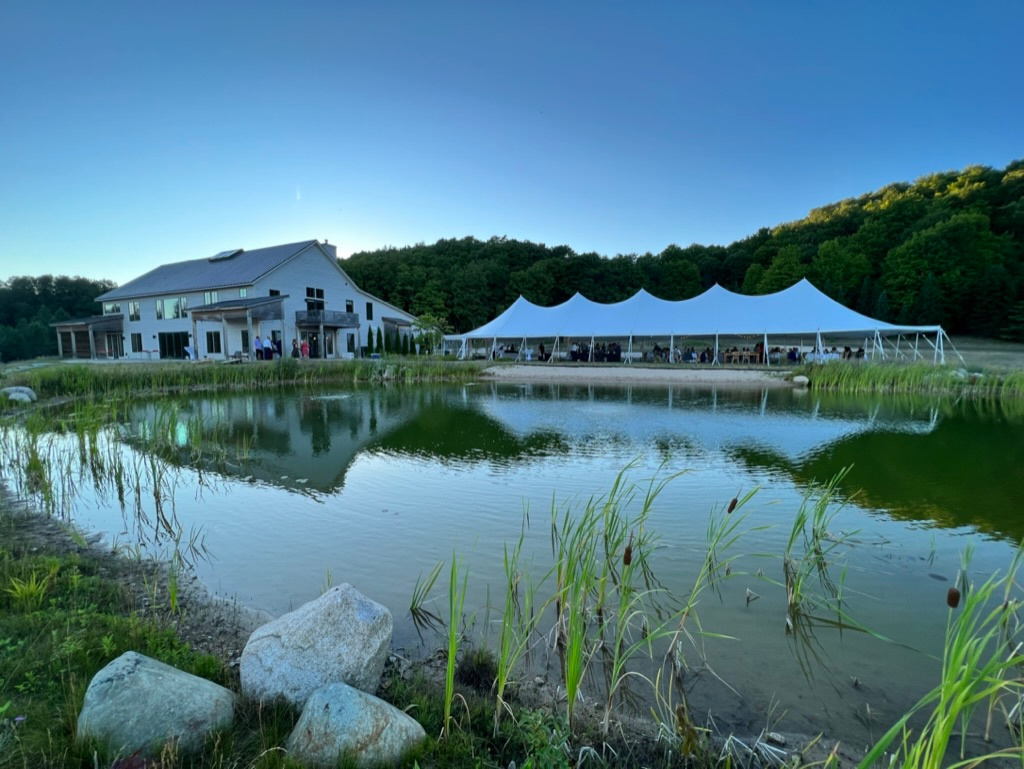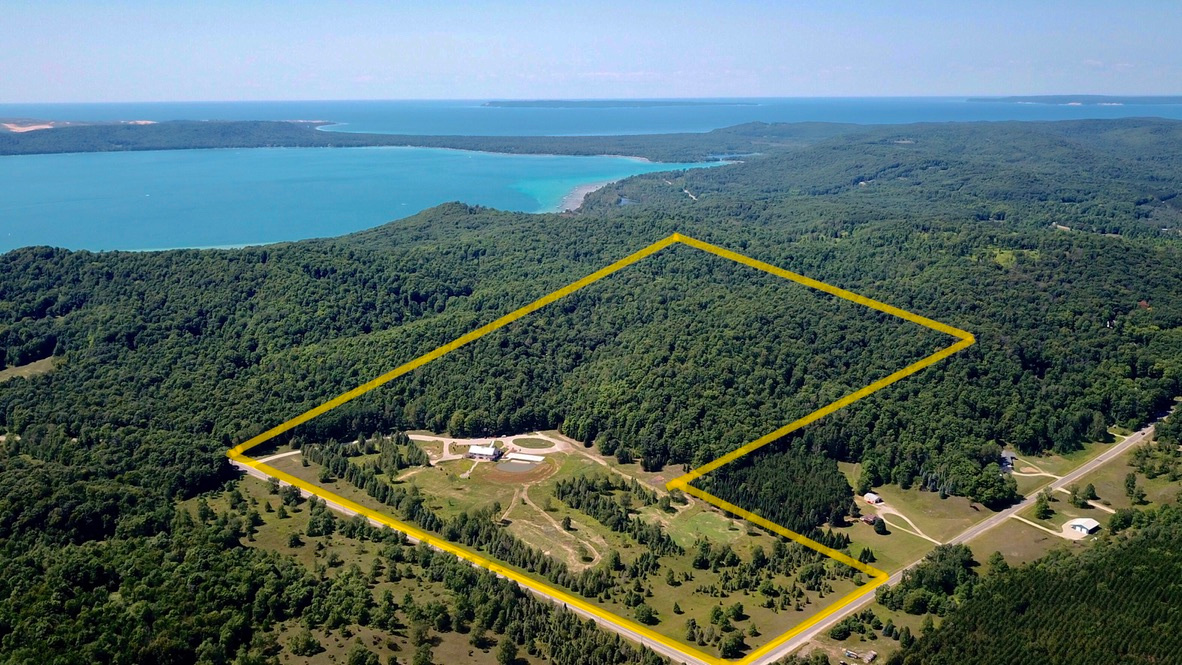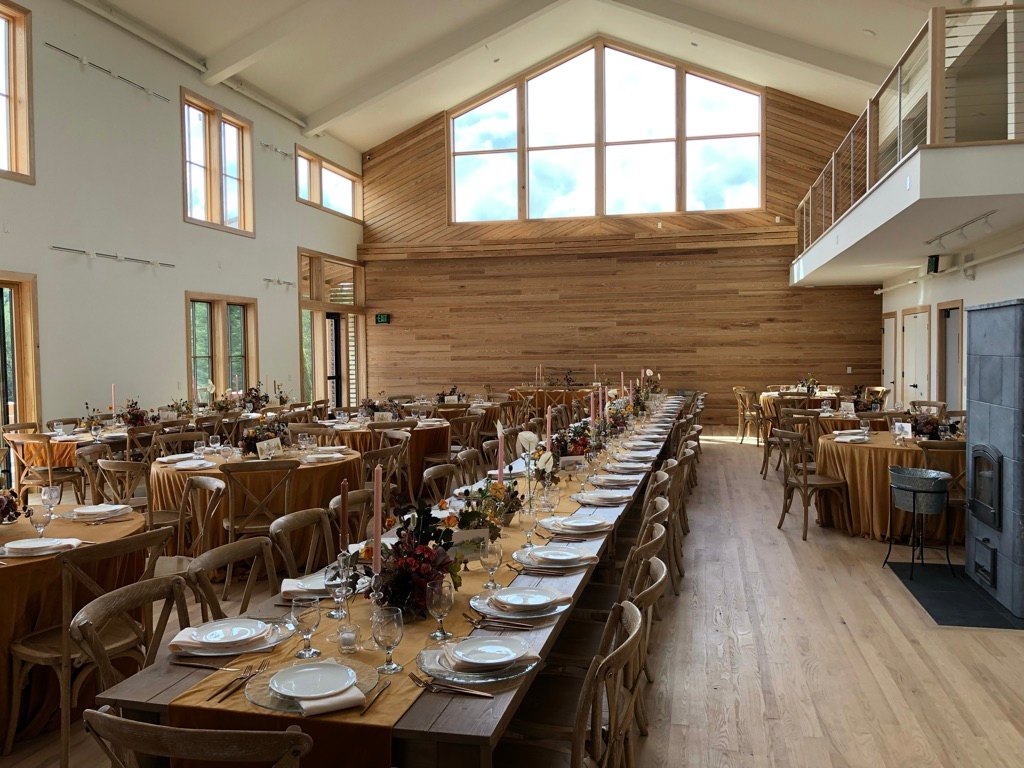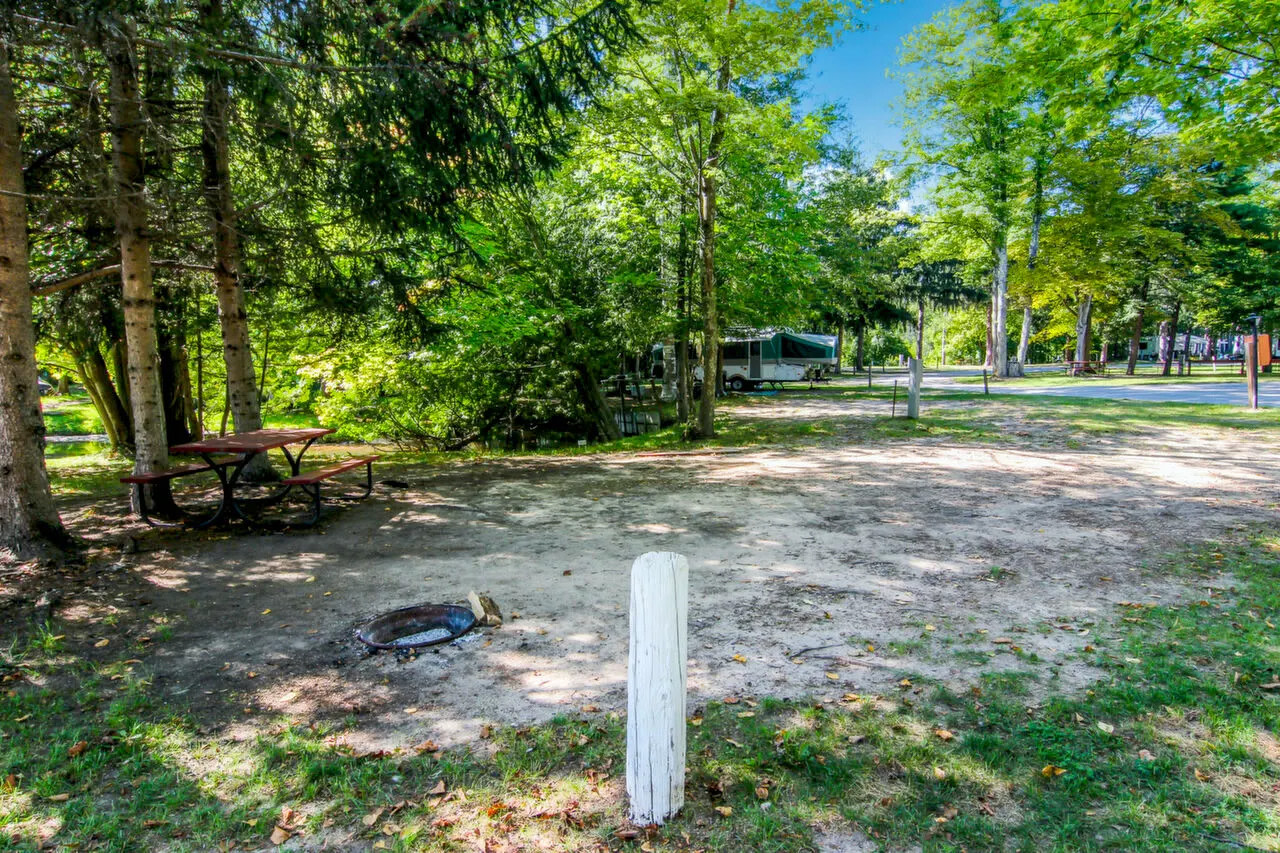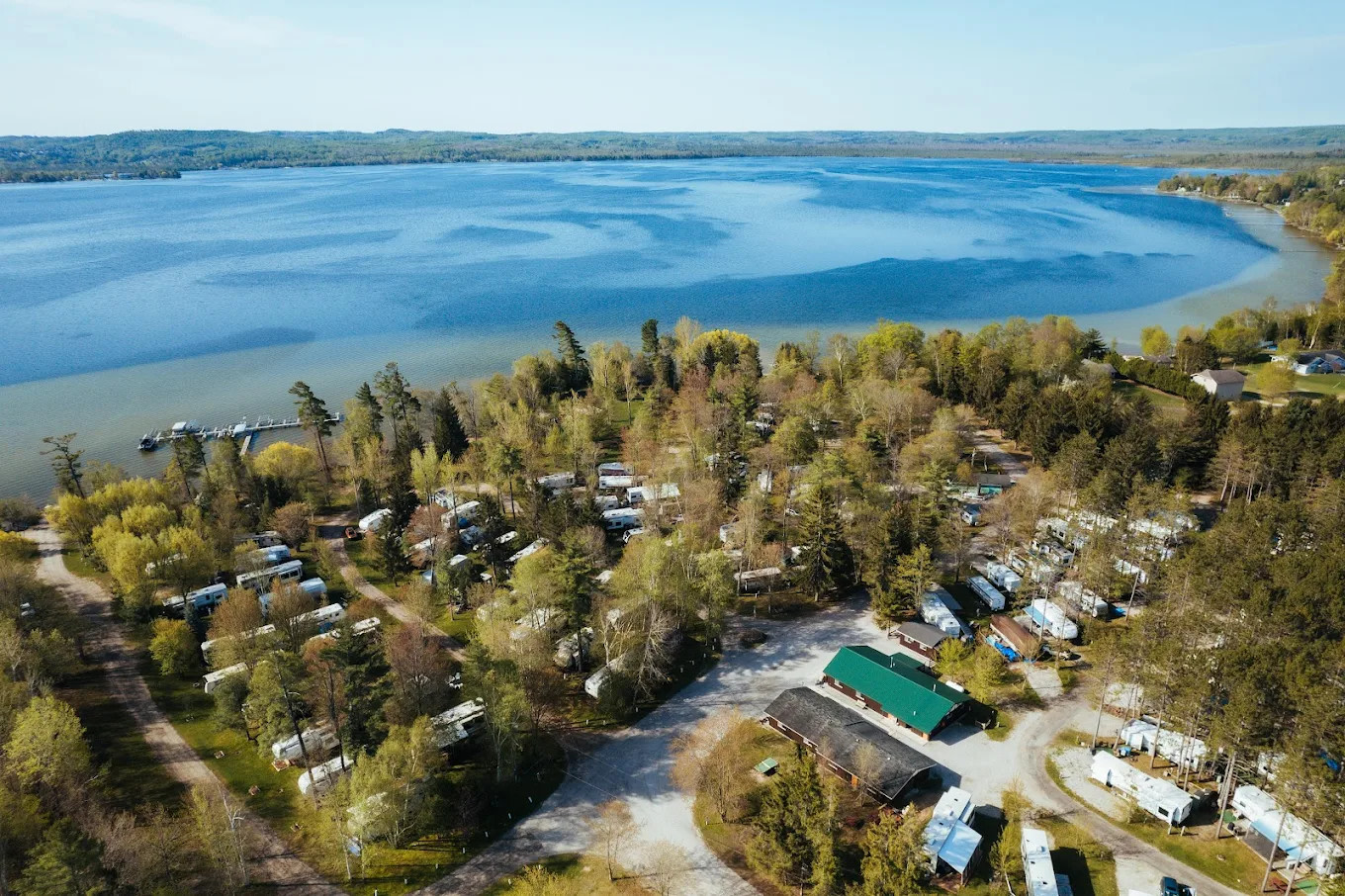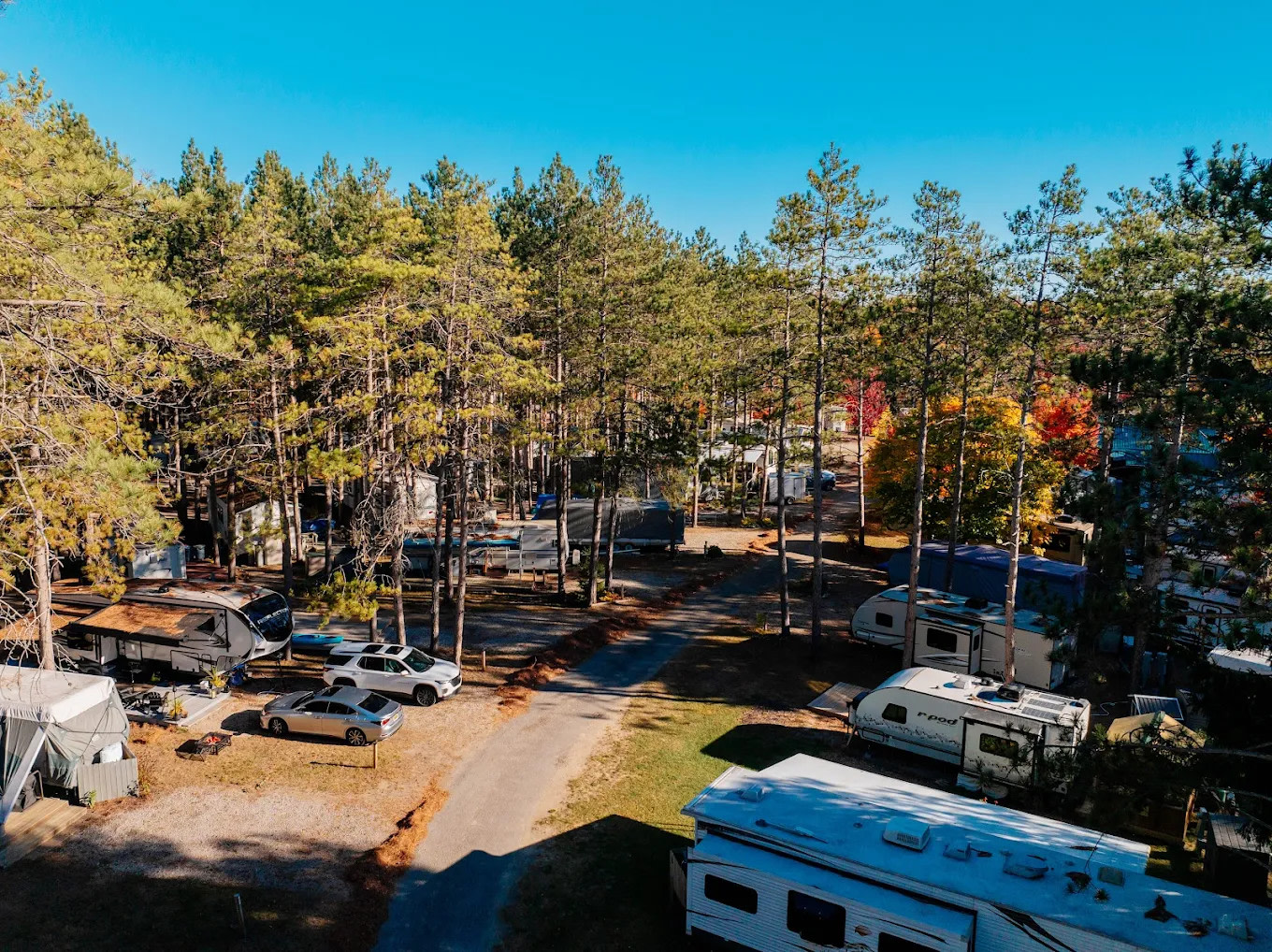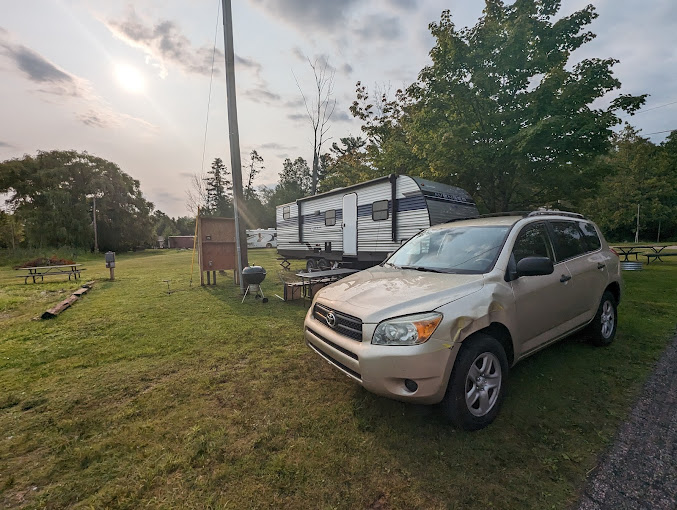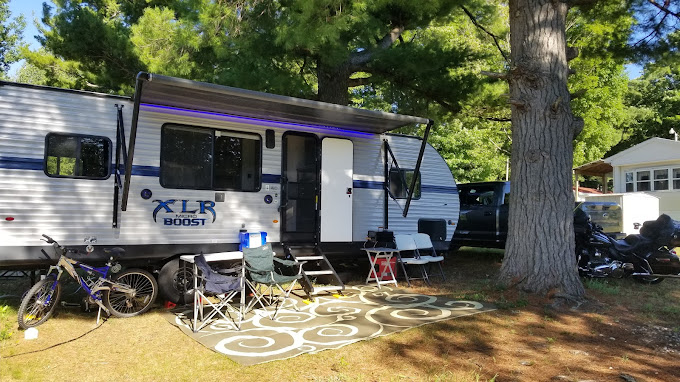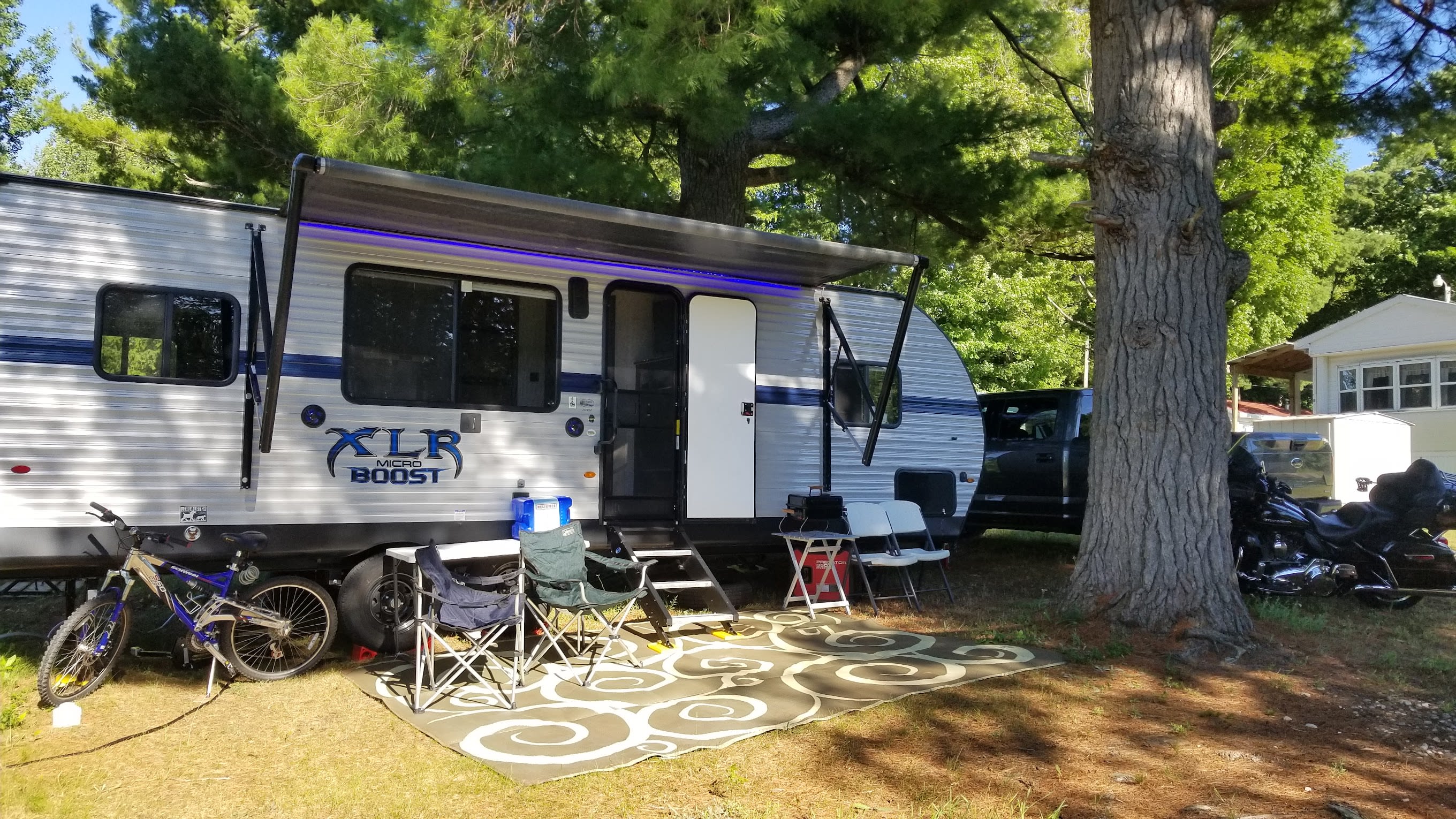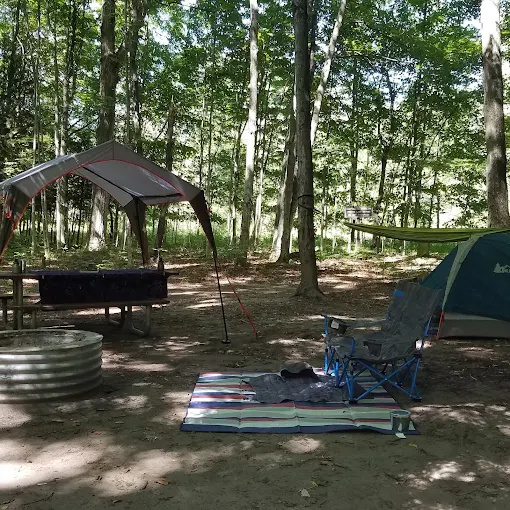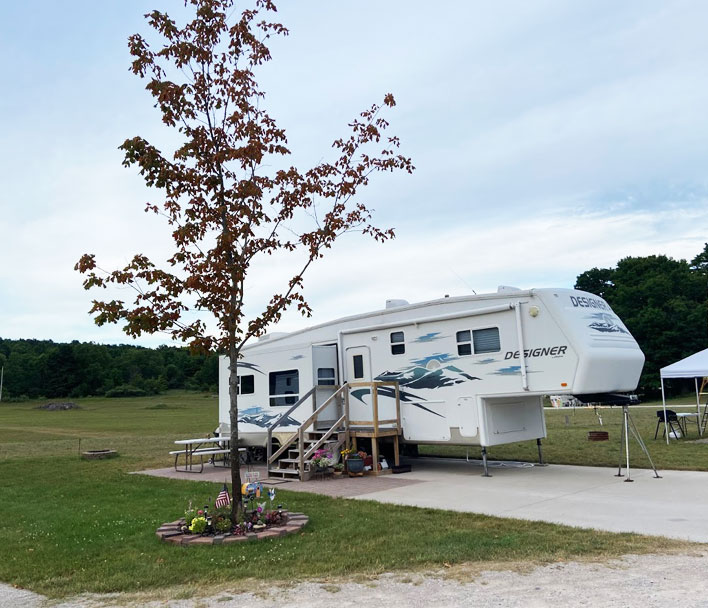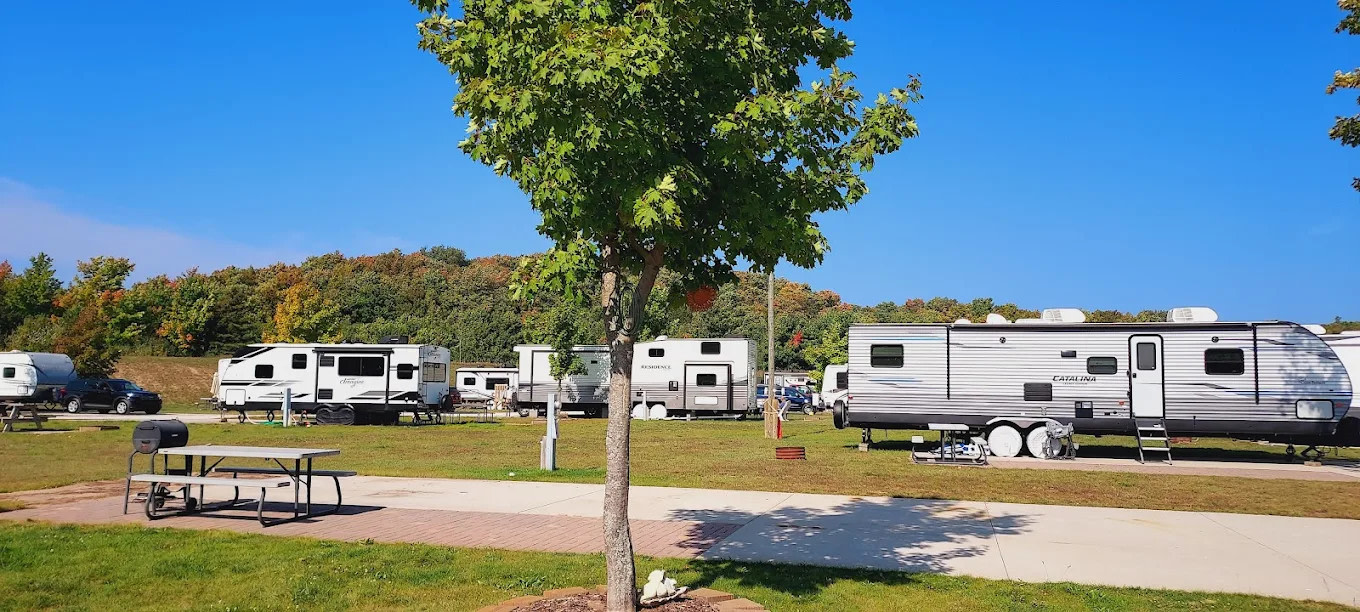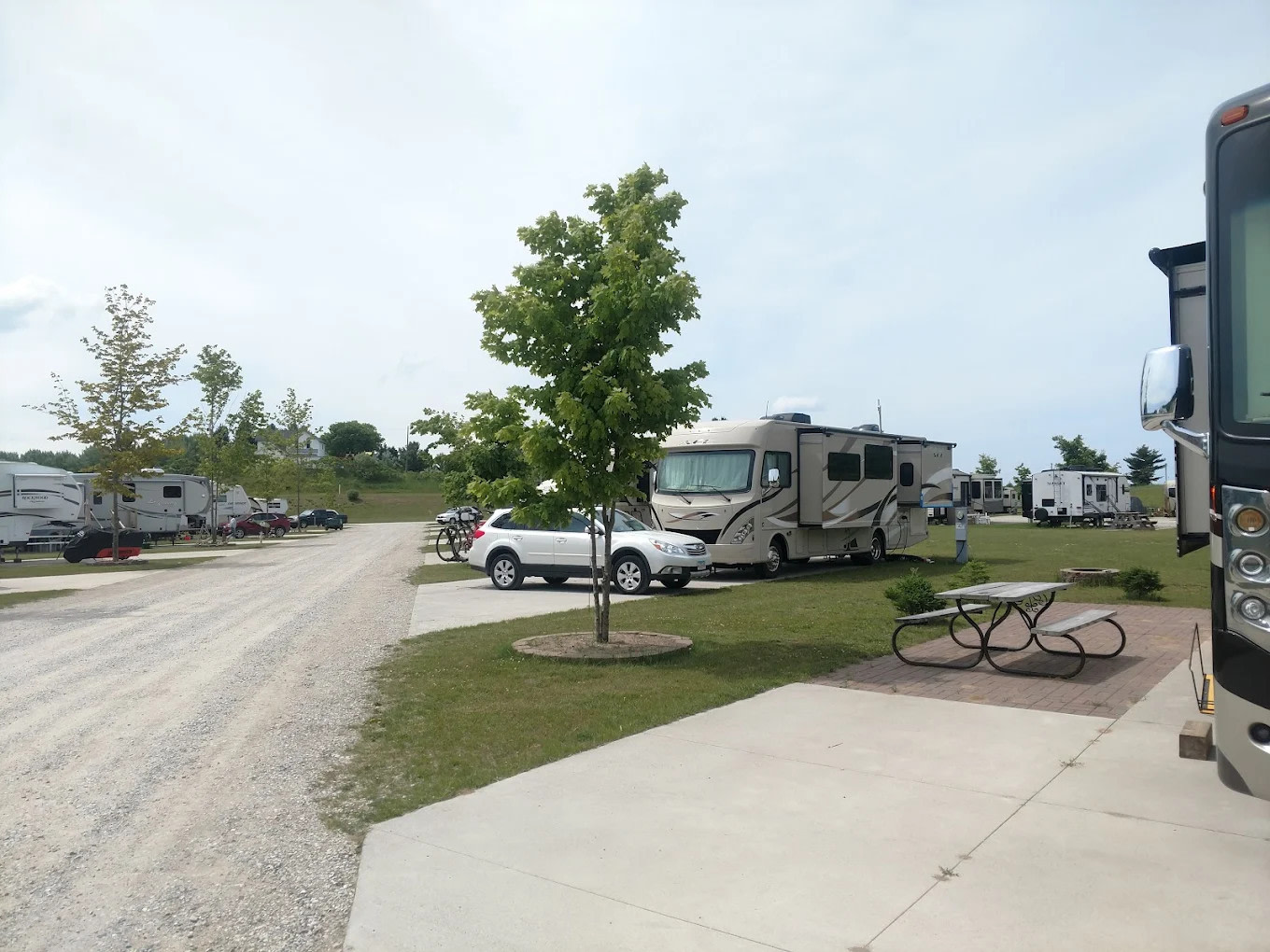- Sleeping Bear Dunes National Lakeshore
The best camping in Sleeping Bear Dunes National Lakeshore, MI
The best camping in Sleeping Bear Dunes National Lakeshore, MI
Discover the most magical spots to pitch your tent or park your rig on your next Sleeping Bear Dunes National Lakeshore adventure.
Camper favorites near Sleeping Bear Dunes National Lakeshore
Top-rated campgrounds reviewed by the Hipcamp community.



Recent reviews from the Hipcamp community

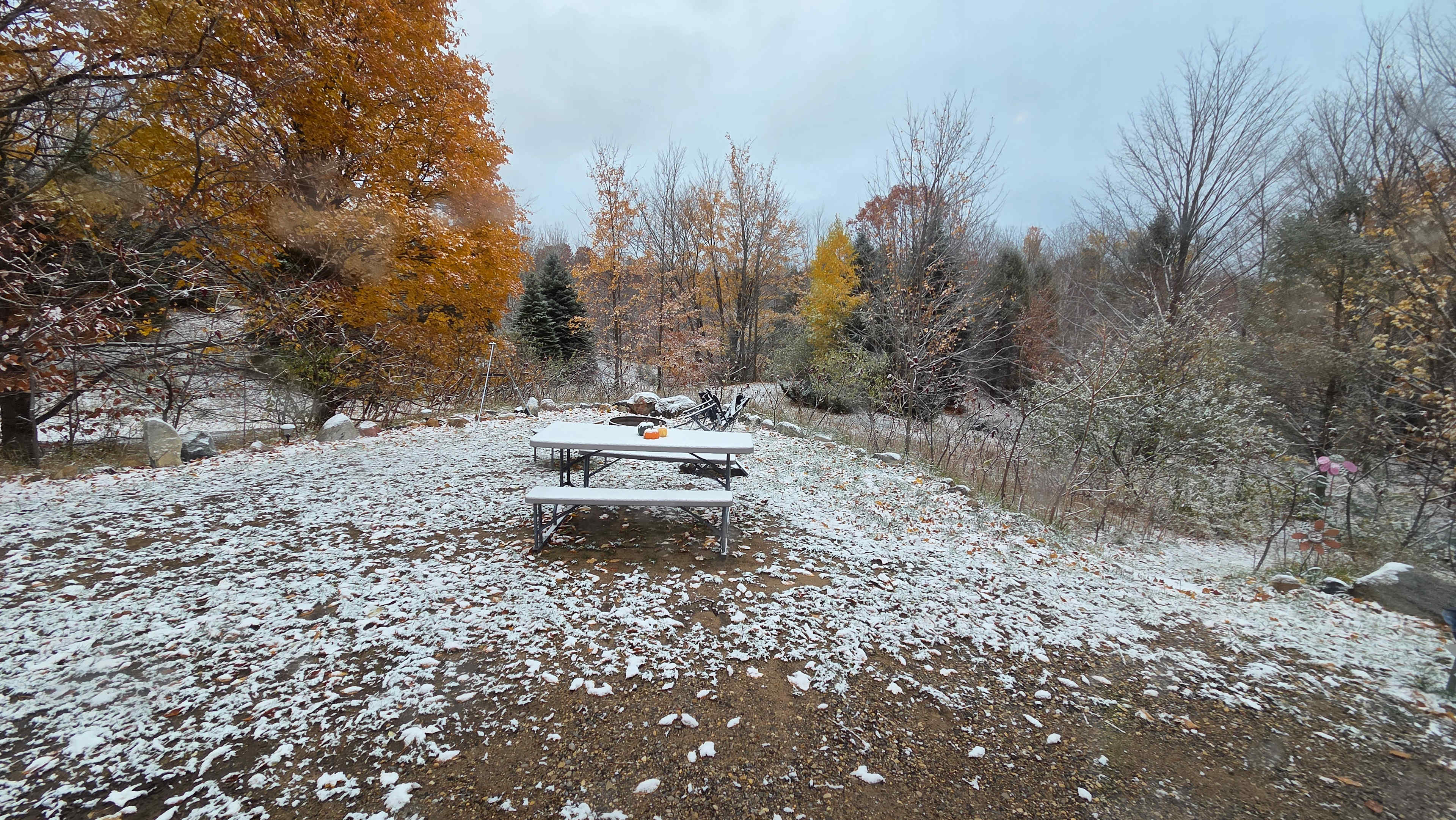


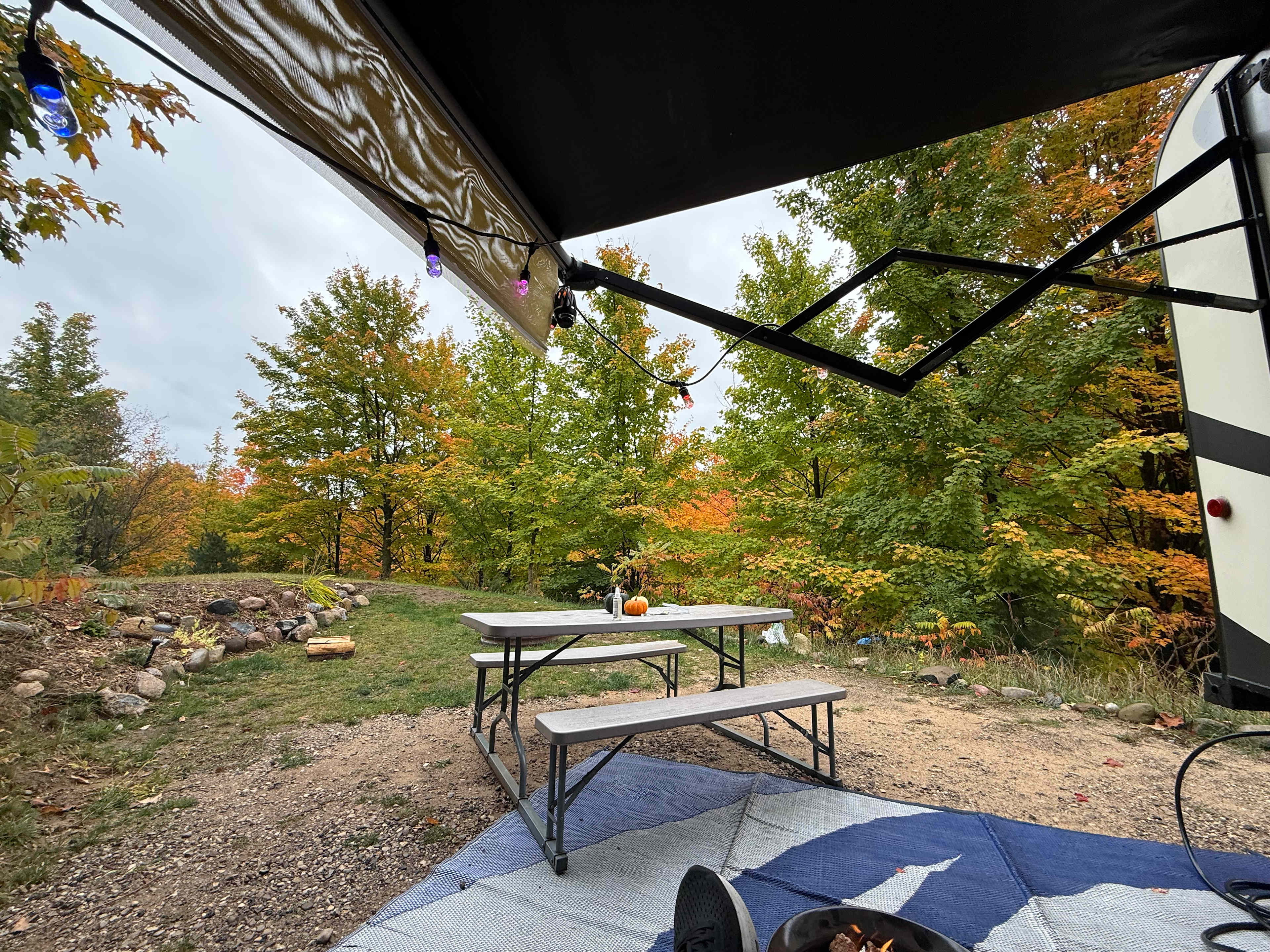

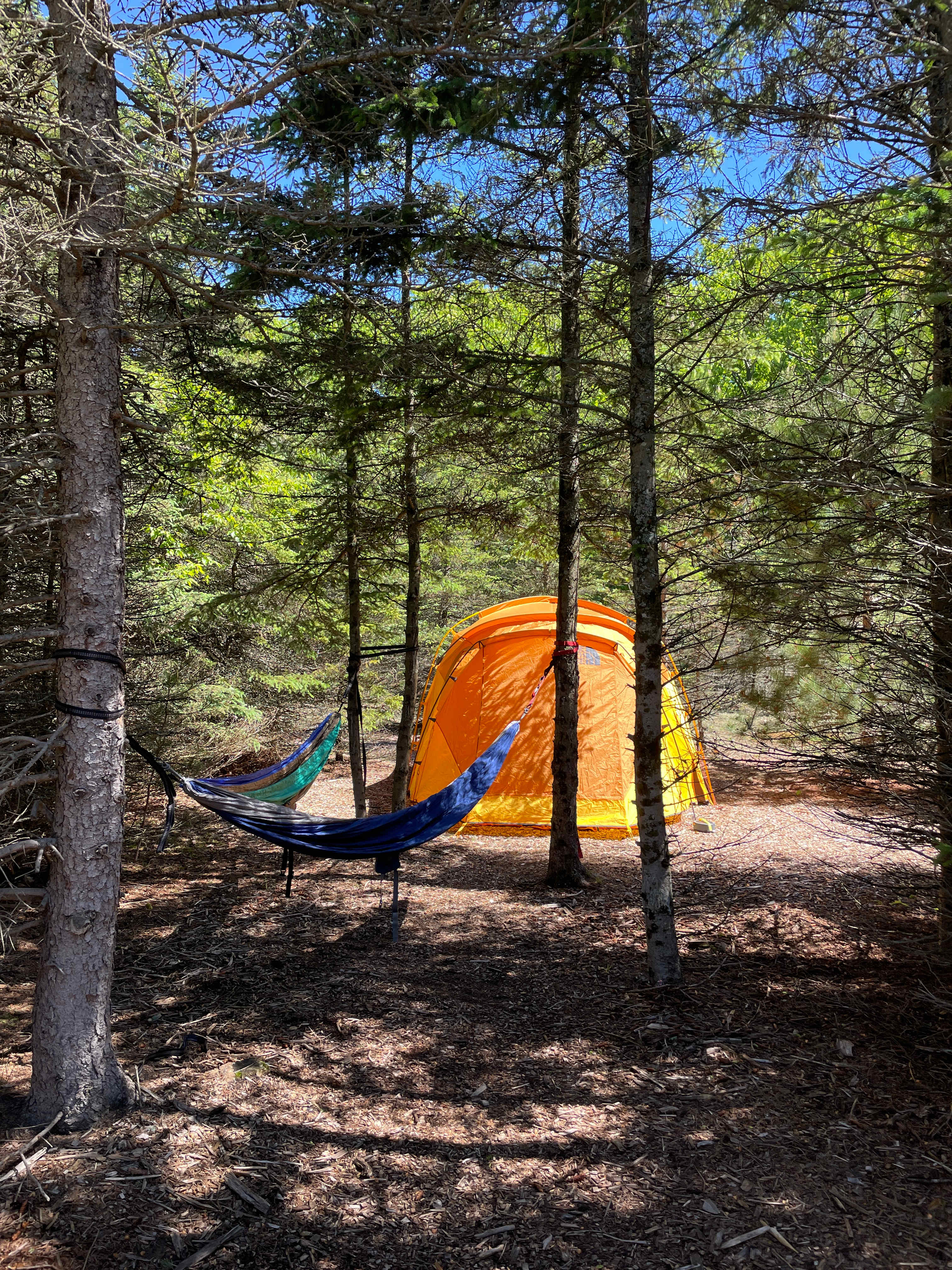


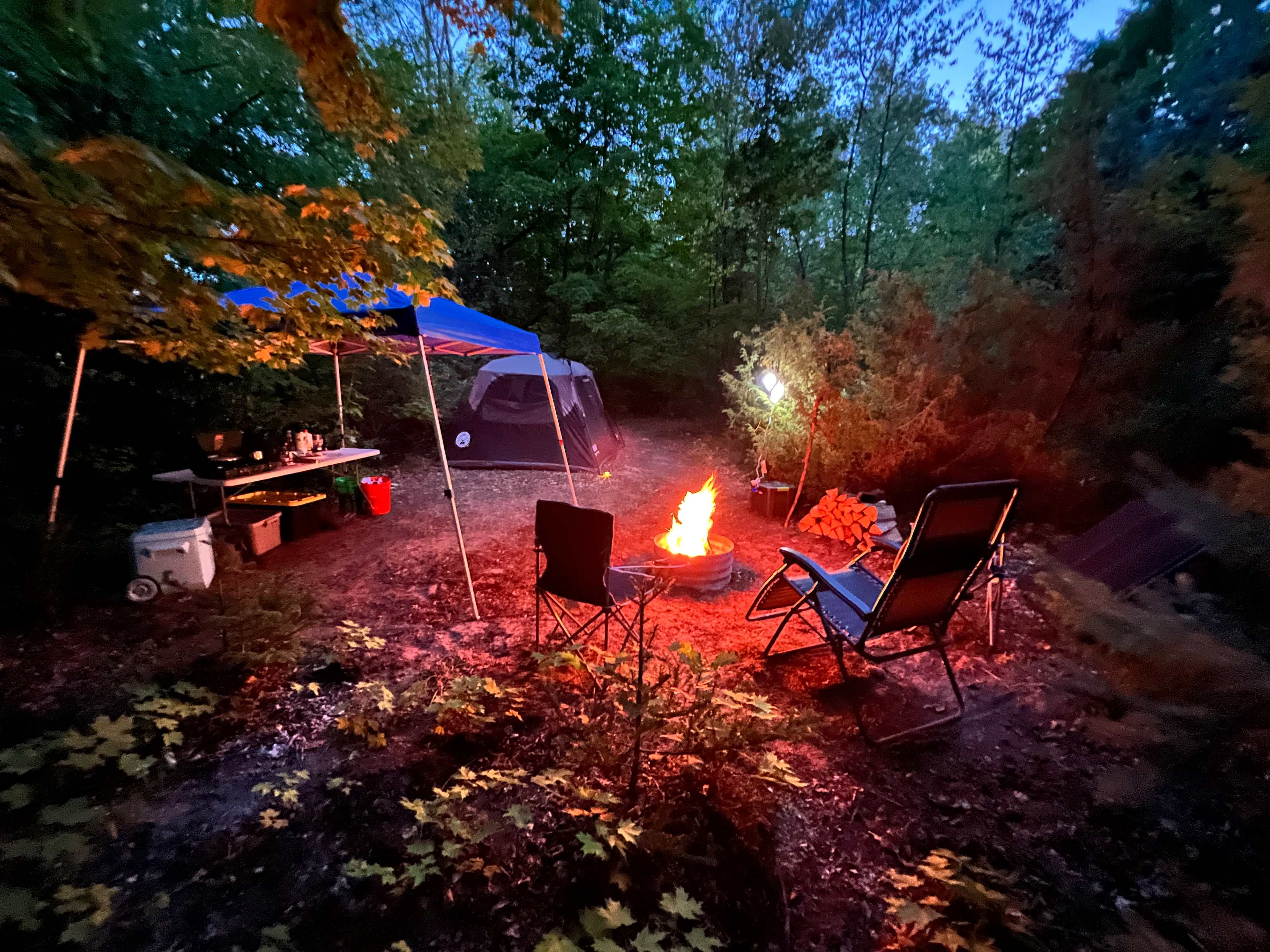


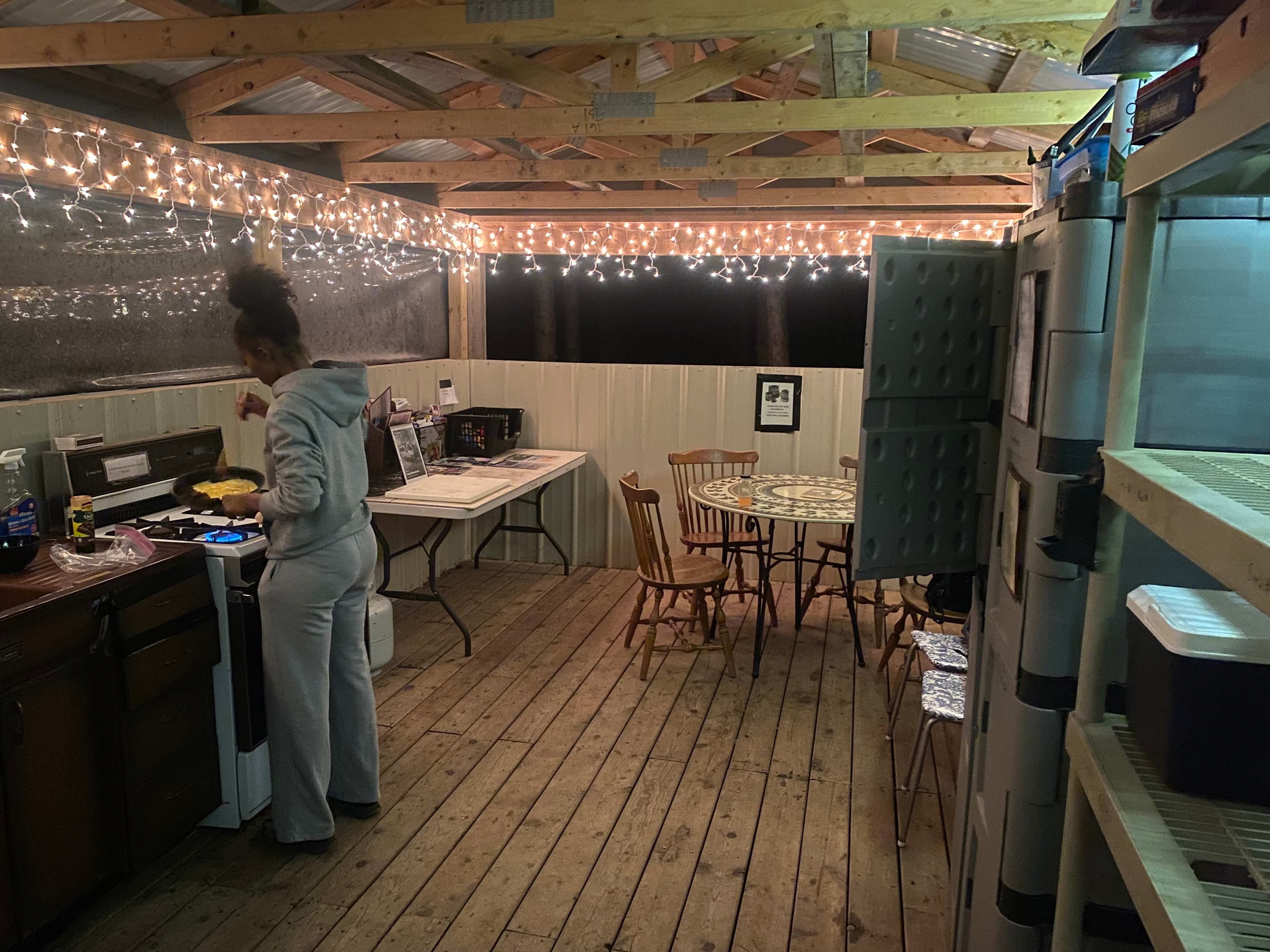
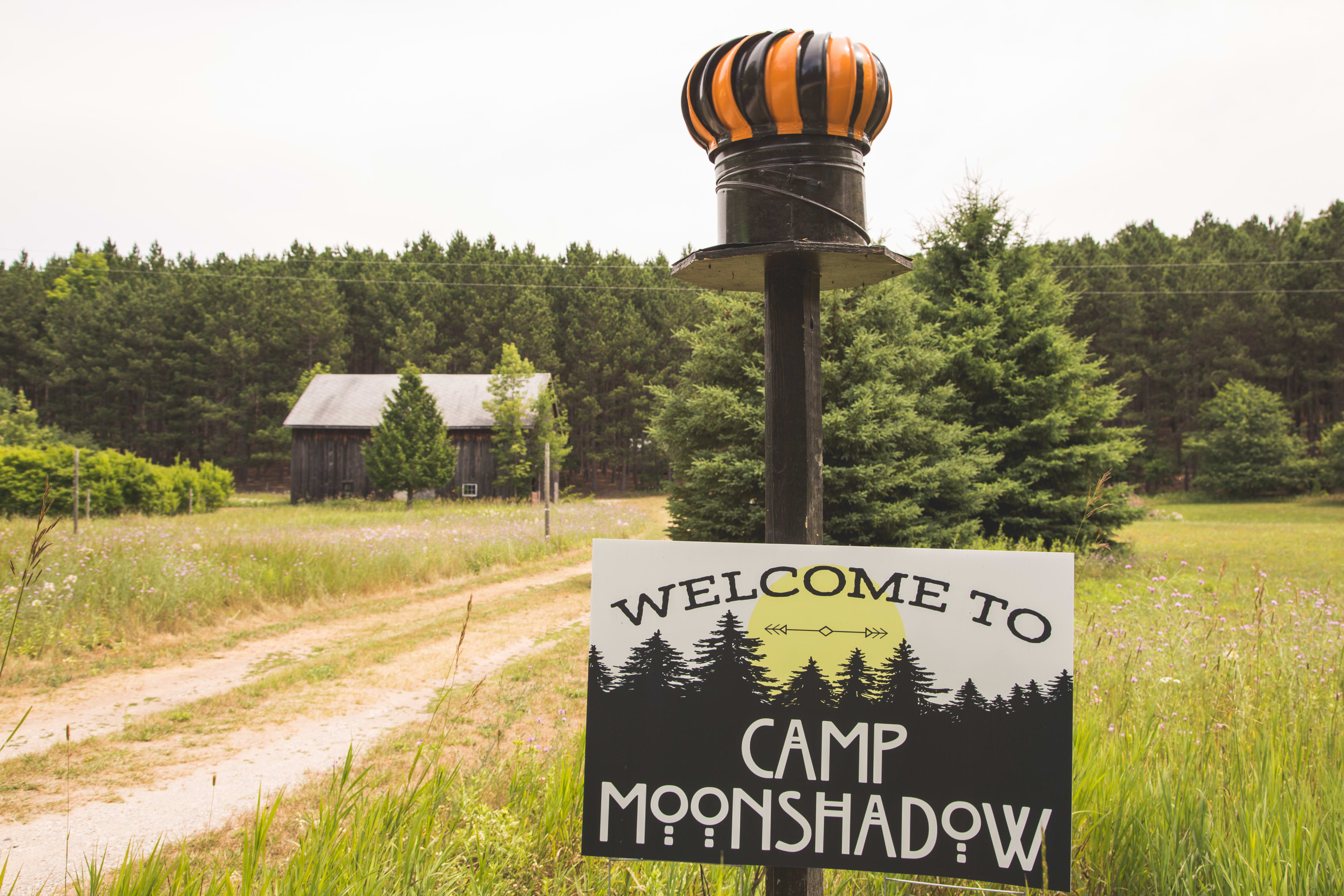


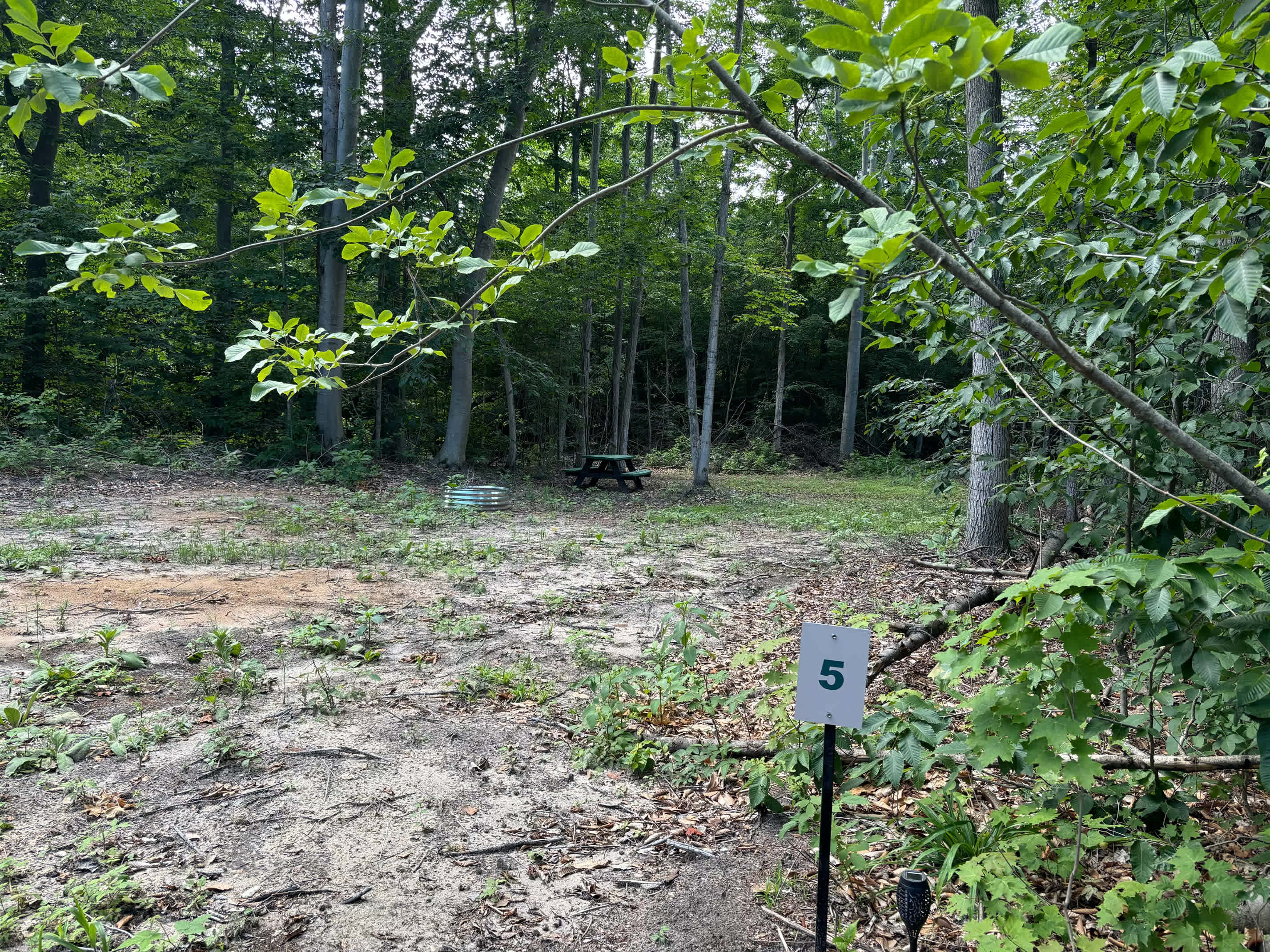



Top-rated campgrounds near Sleeping Bear Dunes National Lakeshore
More campsites near Sleeping Bear Dunes National Lakeshore
The best camping in Sleeping Bear Dunes National Lakeshore, MI guide
Overview
About
Panoramic views of Lake Michigan await in the Sleeping Bear Dunes. This 35-mile slice of lakeshore has wild beaches, lush coastal forests, and—of course—sweeping sand dunes that tower over the lake. Hikers have 100 miles of trails to explore, dotted with lookout points, wildflower fields, and inland lakes, while the Dune Climb and the Pierce Stocking Scenic Drive afford the most spectacular views. Campers have a choice of lakeside campgrounds, where you can swim, kayak, and fish, or you can hop on the ferry to the Manitou Islands to explore historic lighthouses and pitch a tent at rustic beach campgrounds.
Notable campgrounds
- Best for backcountry campers: Weather Station Campground has 20 walk-in tent sites with fire pits on the south side of South Manitou Island.
- Best for RVs: Platte River Campground has 96 back-in and pull-through sites, all with electric hookups.
- Best for views of the dunes: DH Day Campground has 87 campsites, including some walk-in tent-only sites and others suitable for RVs (no electric hookups).
Tips for snagging a campsite
- You can reserve a site at one of the campgrounds or purchase a backcountry camping permit via the Recreation.gov website. First-come, first-serve camping is available from October through April (exact dates vary for each campground, so check ahead).
- Campsite reservations open six months in advance.
- Sites can fill up quickly for summer and holiday weekends, so book a minimum of three months ahead to avoid disappointment.
When to go
May through October is the most popular time to visit, and the views are ever-changing, as summer wildflowers give way to blazing fall foliage. June through Labor Day provides the best weather for swimming, but it’s still possible to get on the water until the winter frosts set in. Winter visitors can make the most of the snowfall from late November through March—popular activities include snowshoeing, cross-country skiing, and sledding down the dunes.
Know before you go
- Sleeping Bear Dunes National Lakeshore is on the northeast shore of Lake Michigan, 160 miles north of Grand Rapids or about a 2-hour 40-minute drive away.
- There is a per-vehicle admission fee to visit the park, and camping reservation fees also apply.
- Facilities in the park include the Philip A. Hart and South Manitou Island Visitor Centers, picnic areas, and restrooms. Gas, groceries, and other supplies are available from Glen Arbor, Empire, and other coastal villages. Cell phone service is patchy.
- There are accessible campsites, restrooms, and picnic areas at Sleeping Bear Dunes. The Sleeping Bear Heritage Trail is also accessible.
